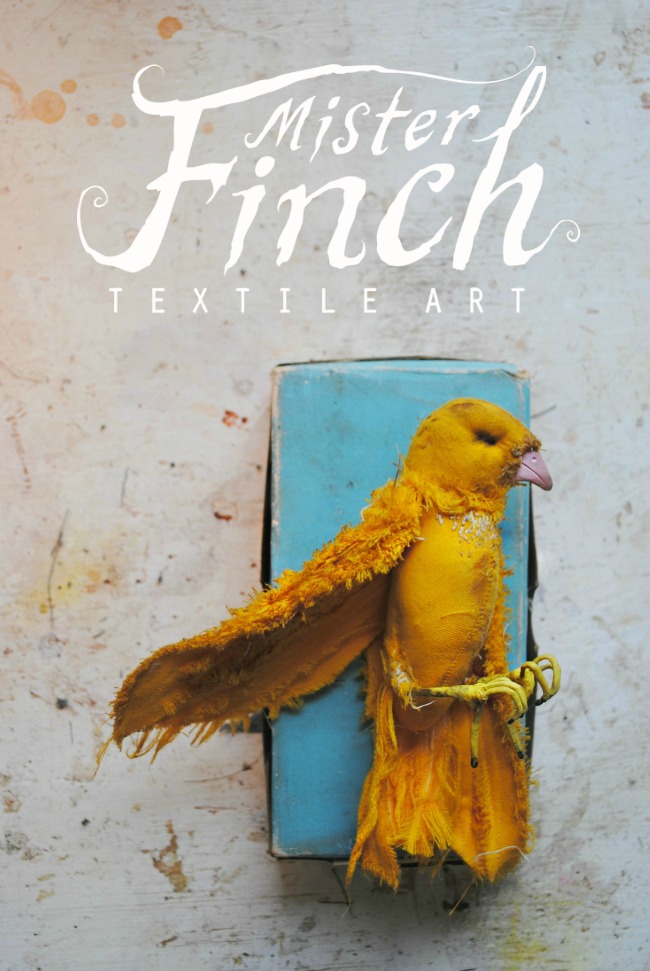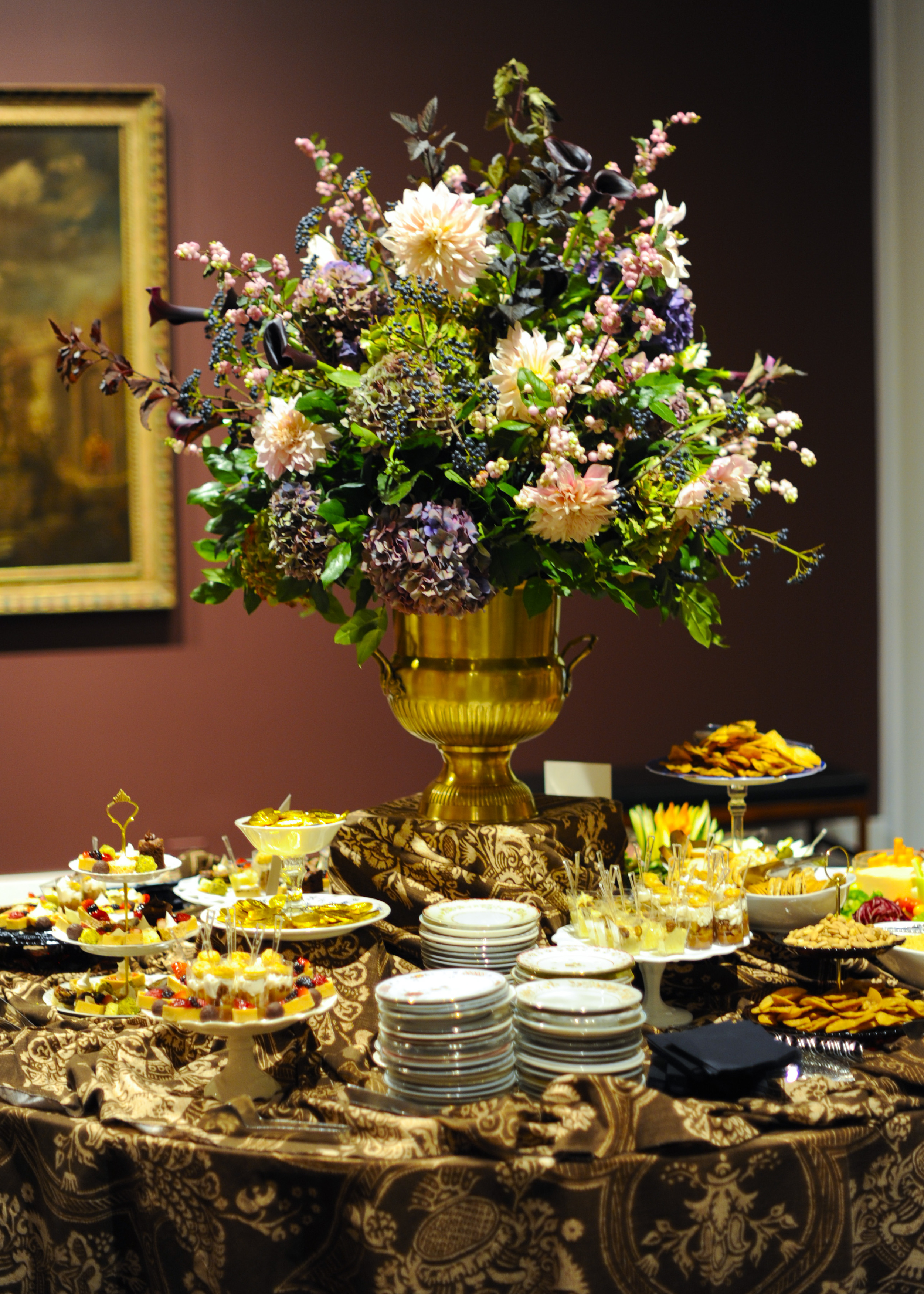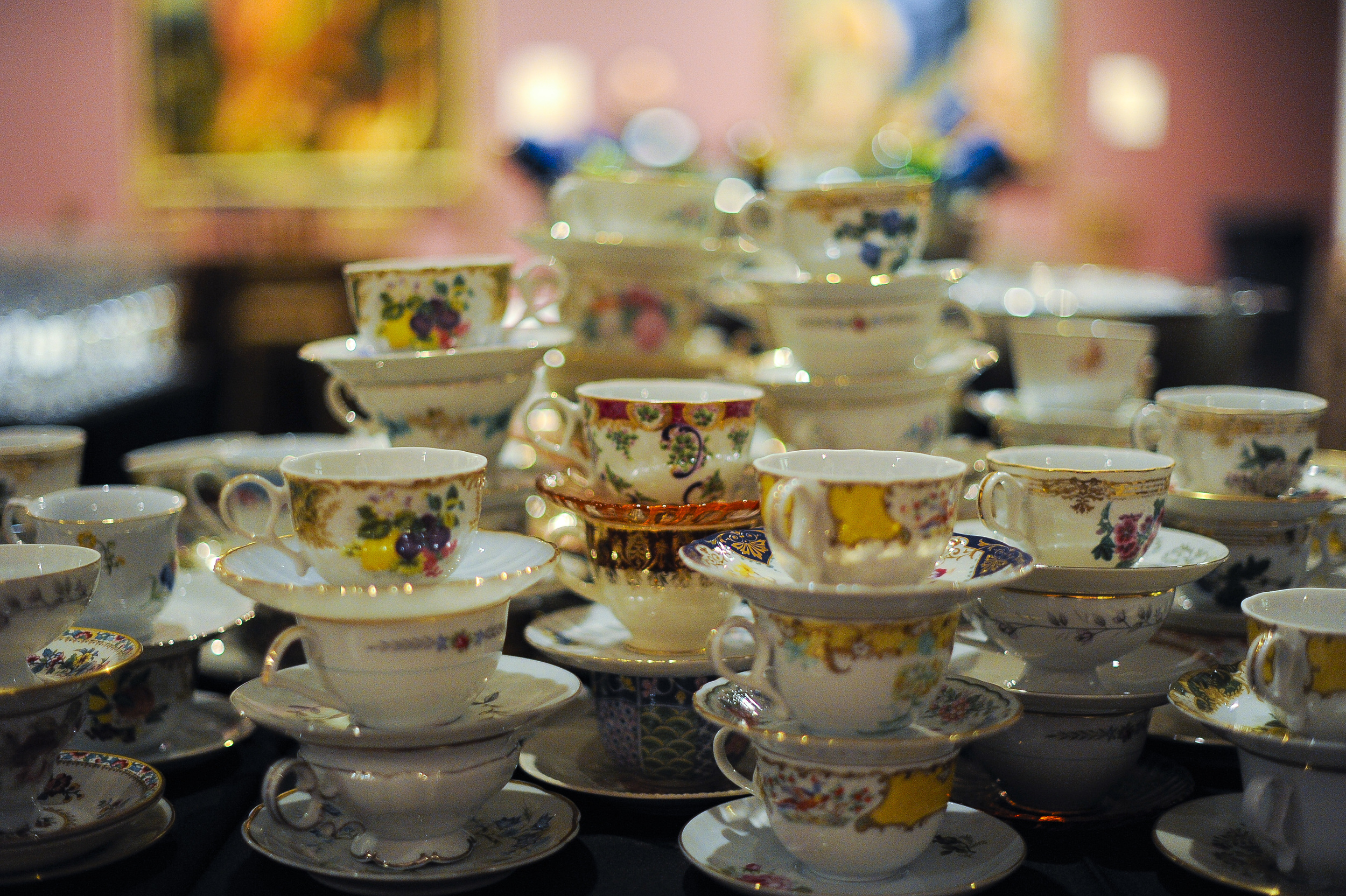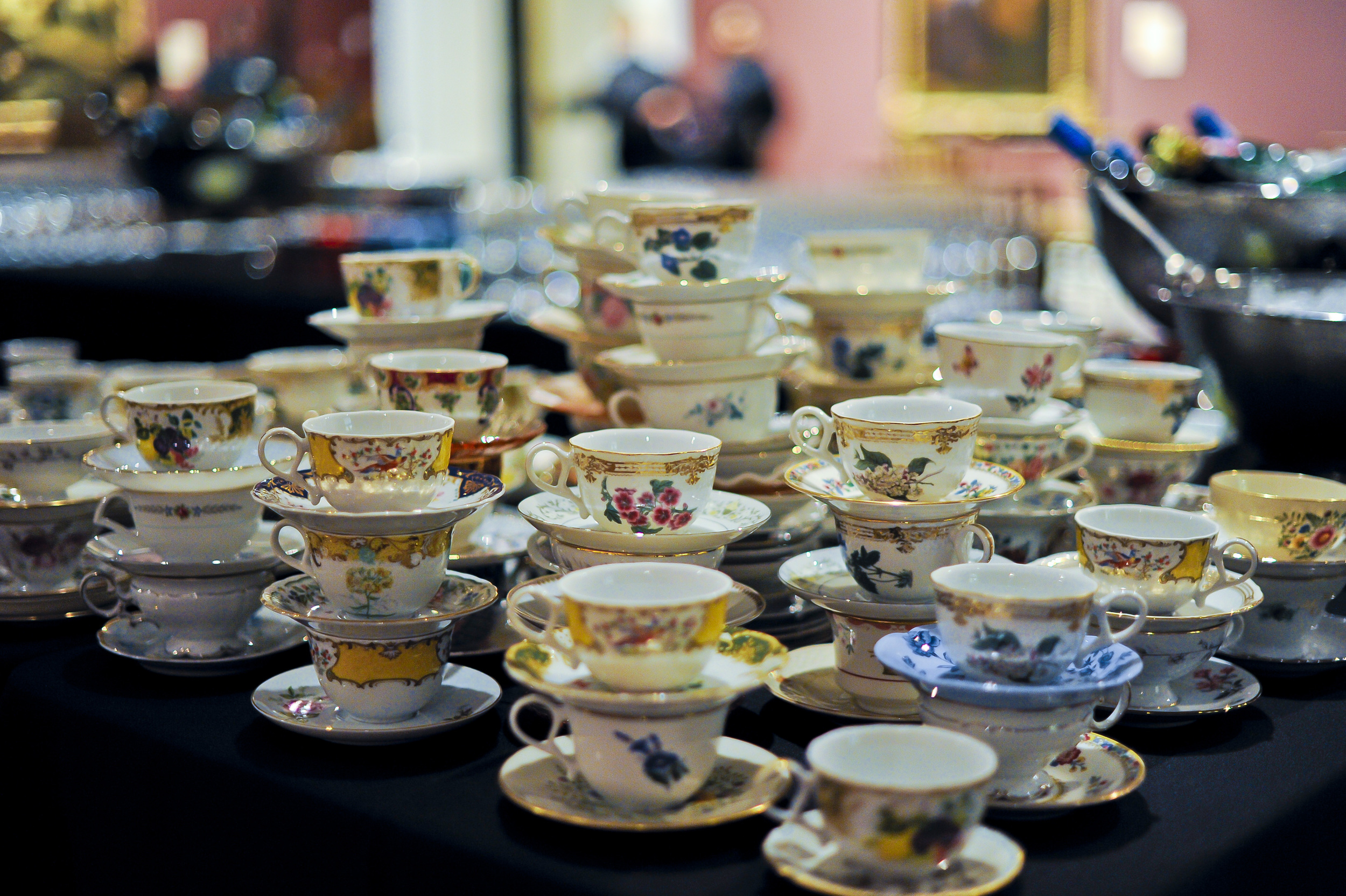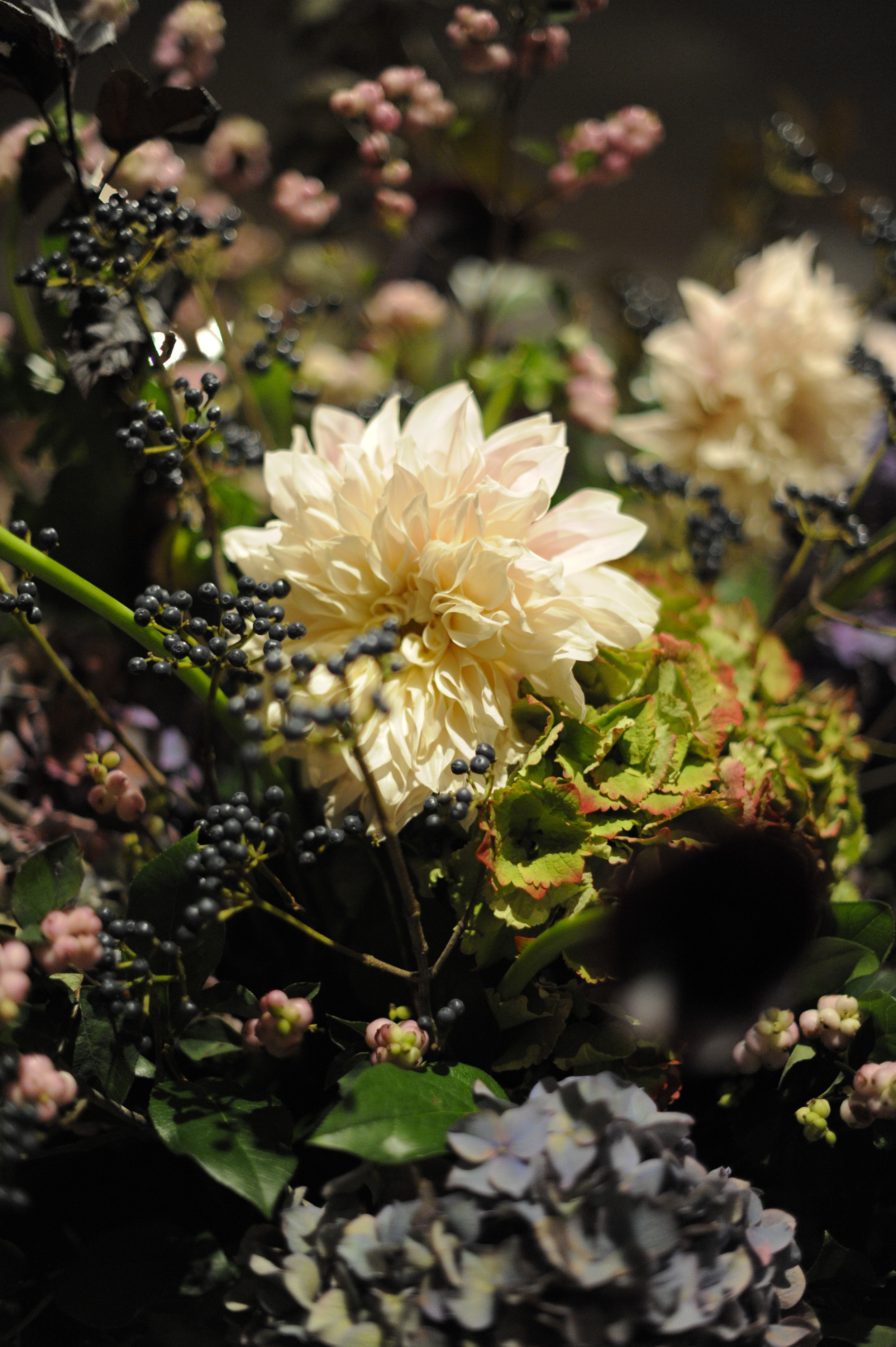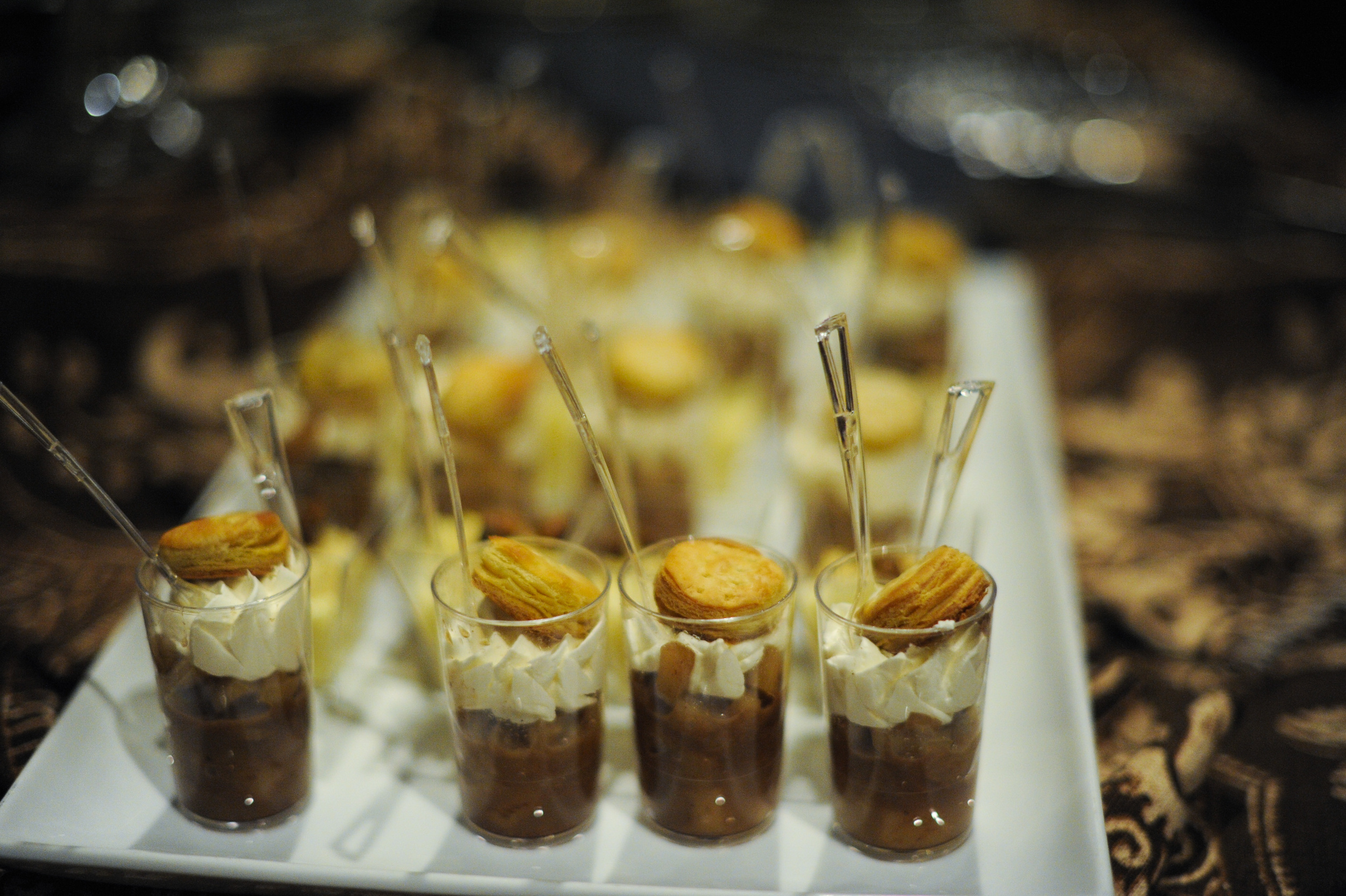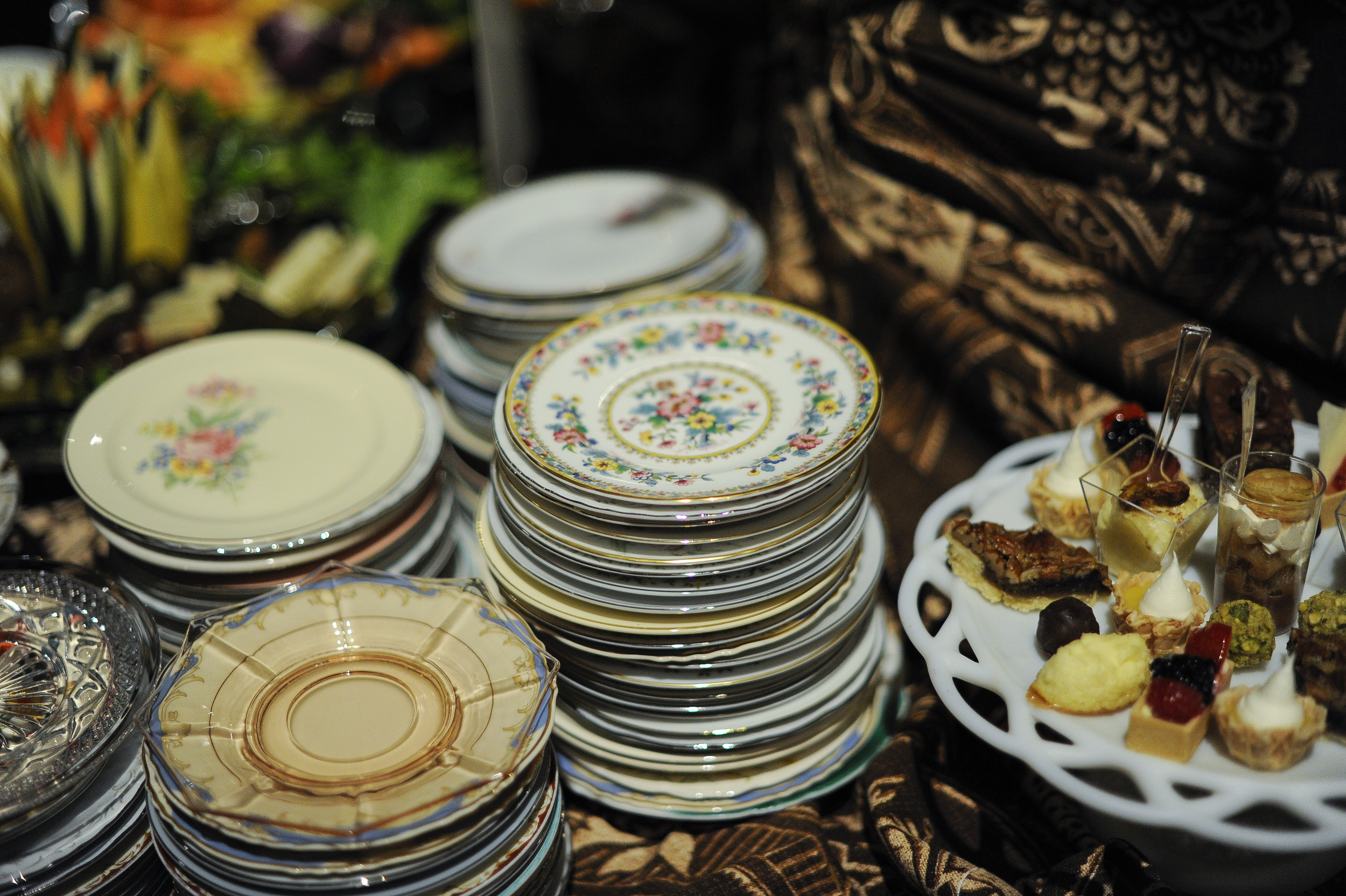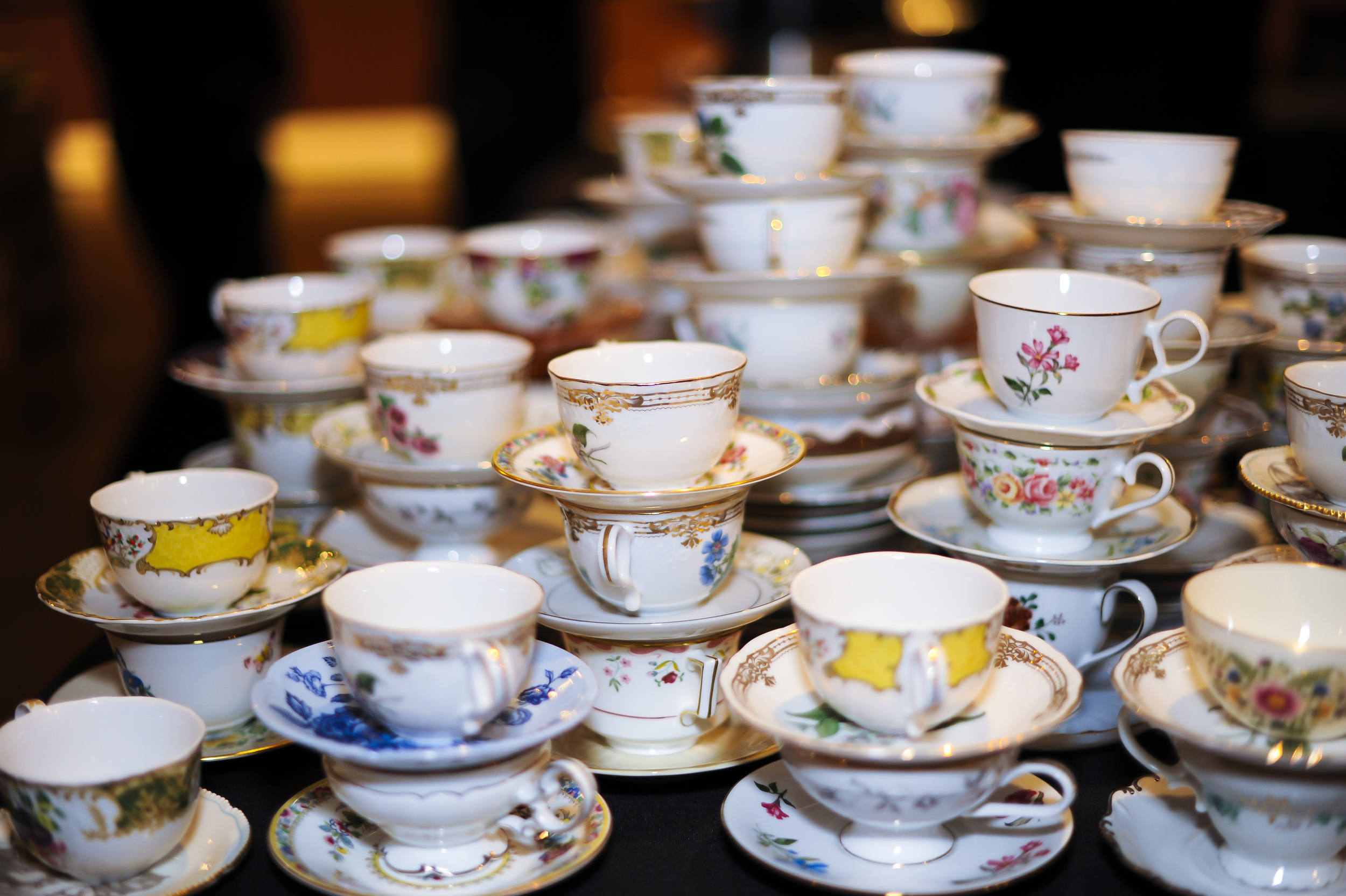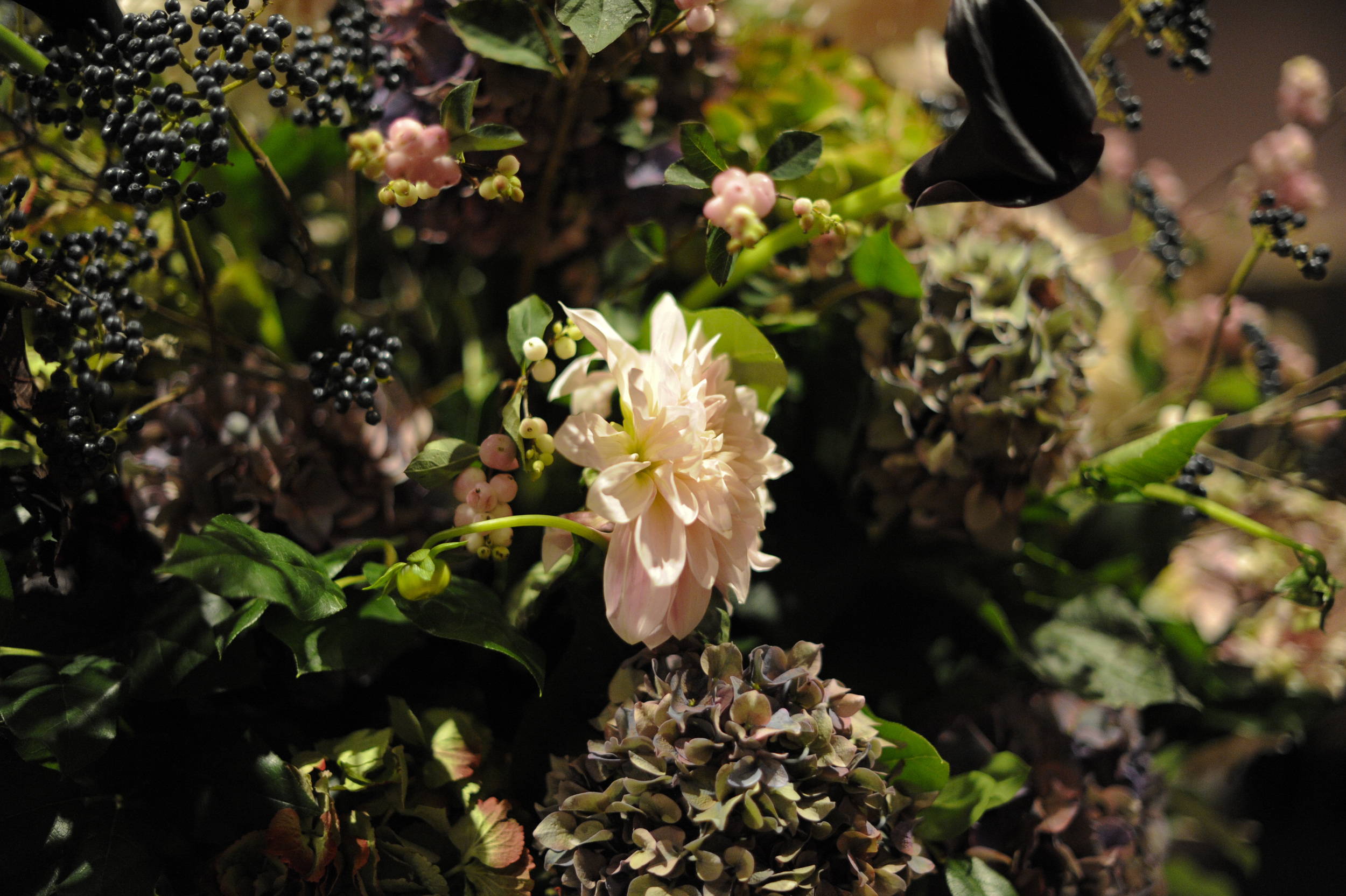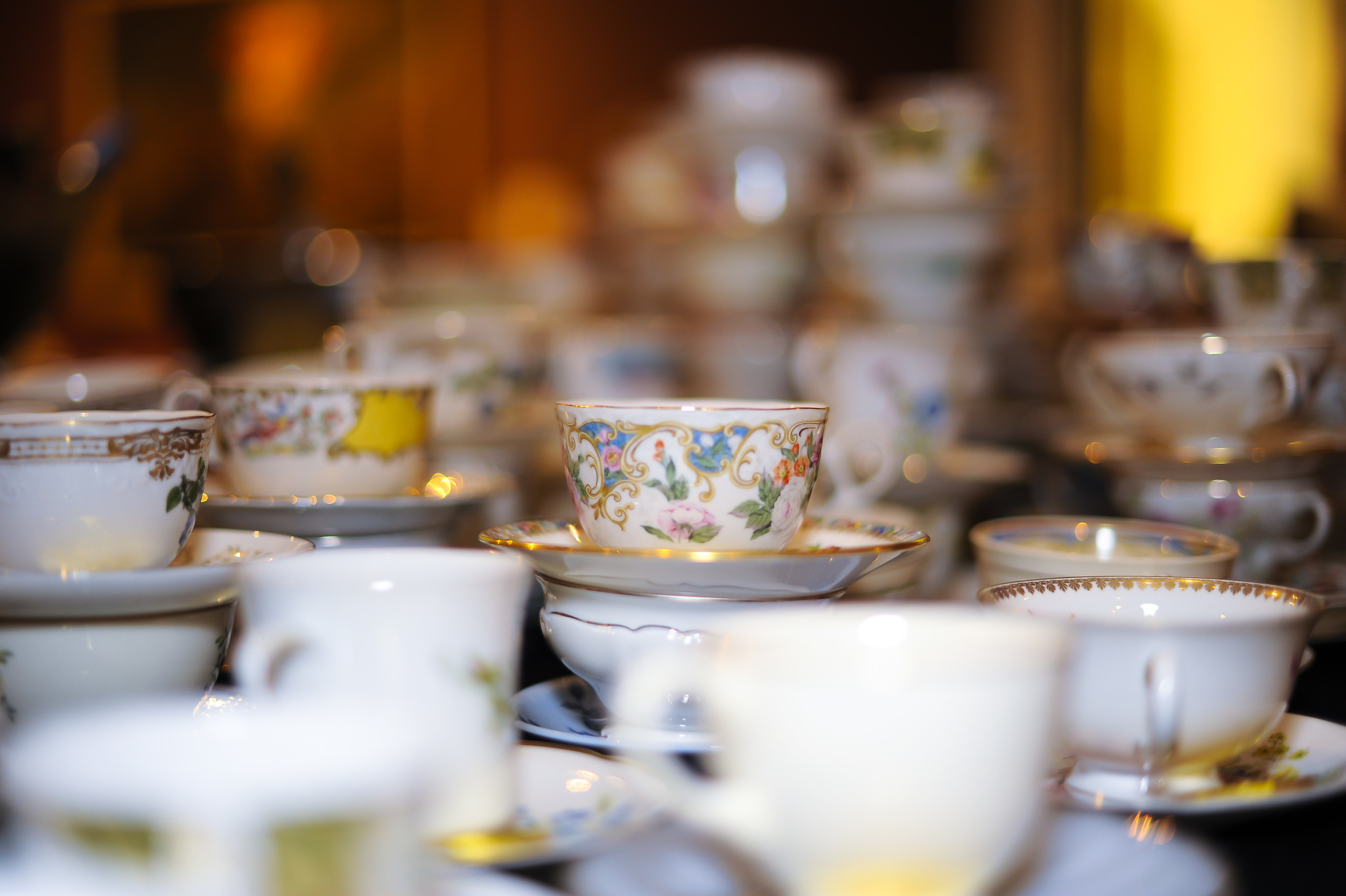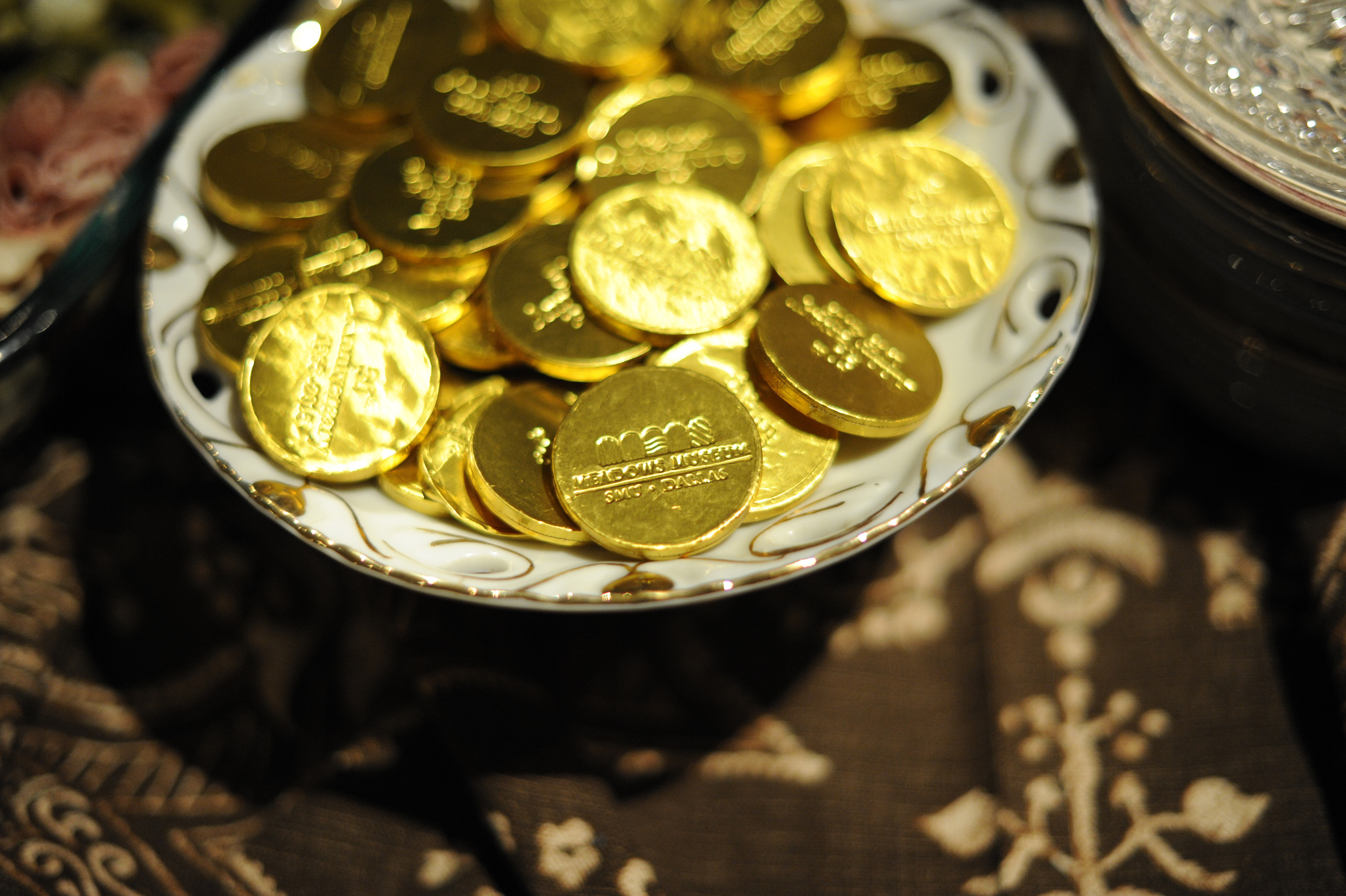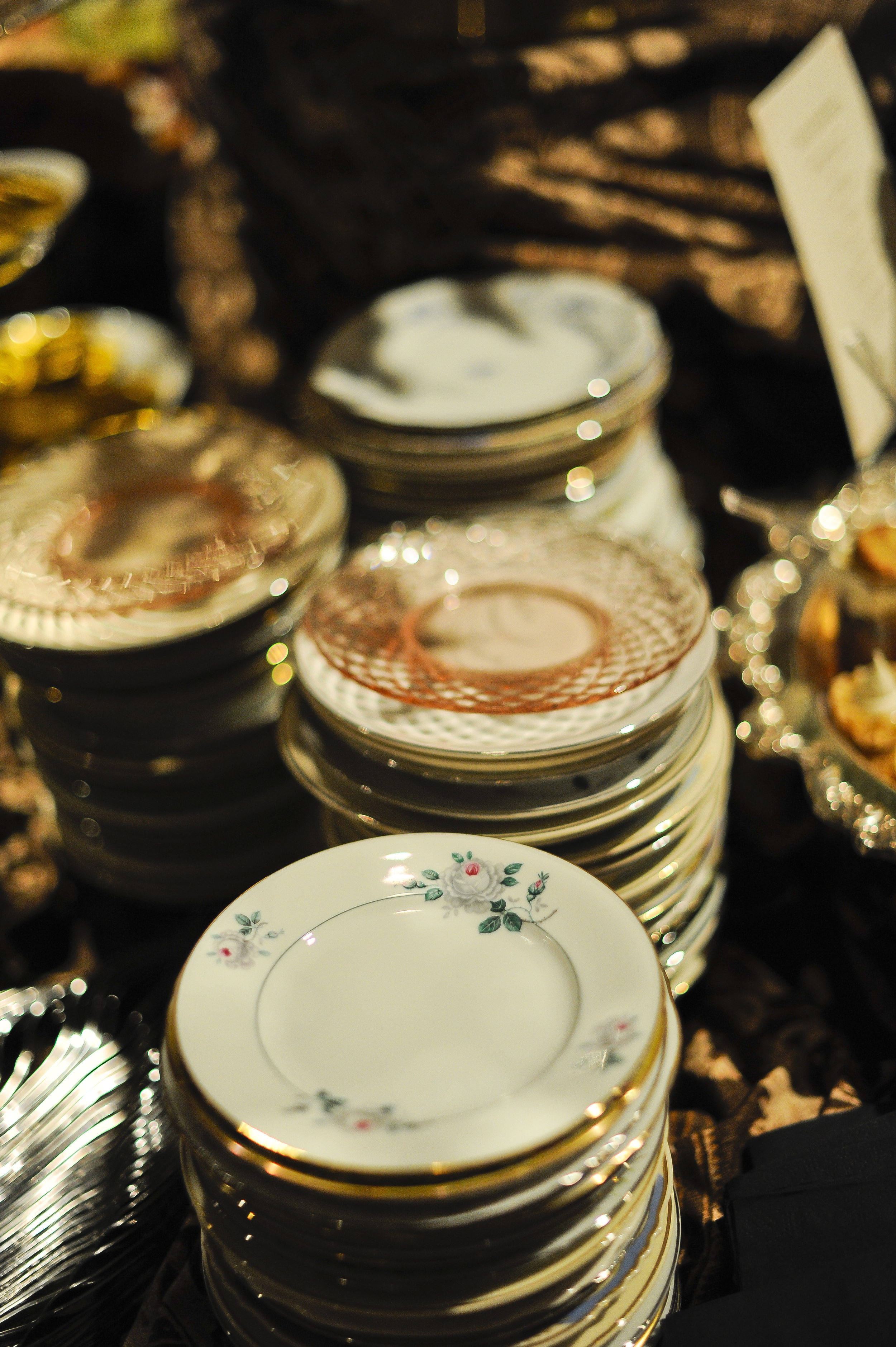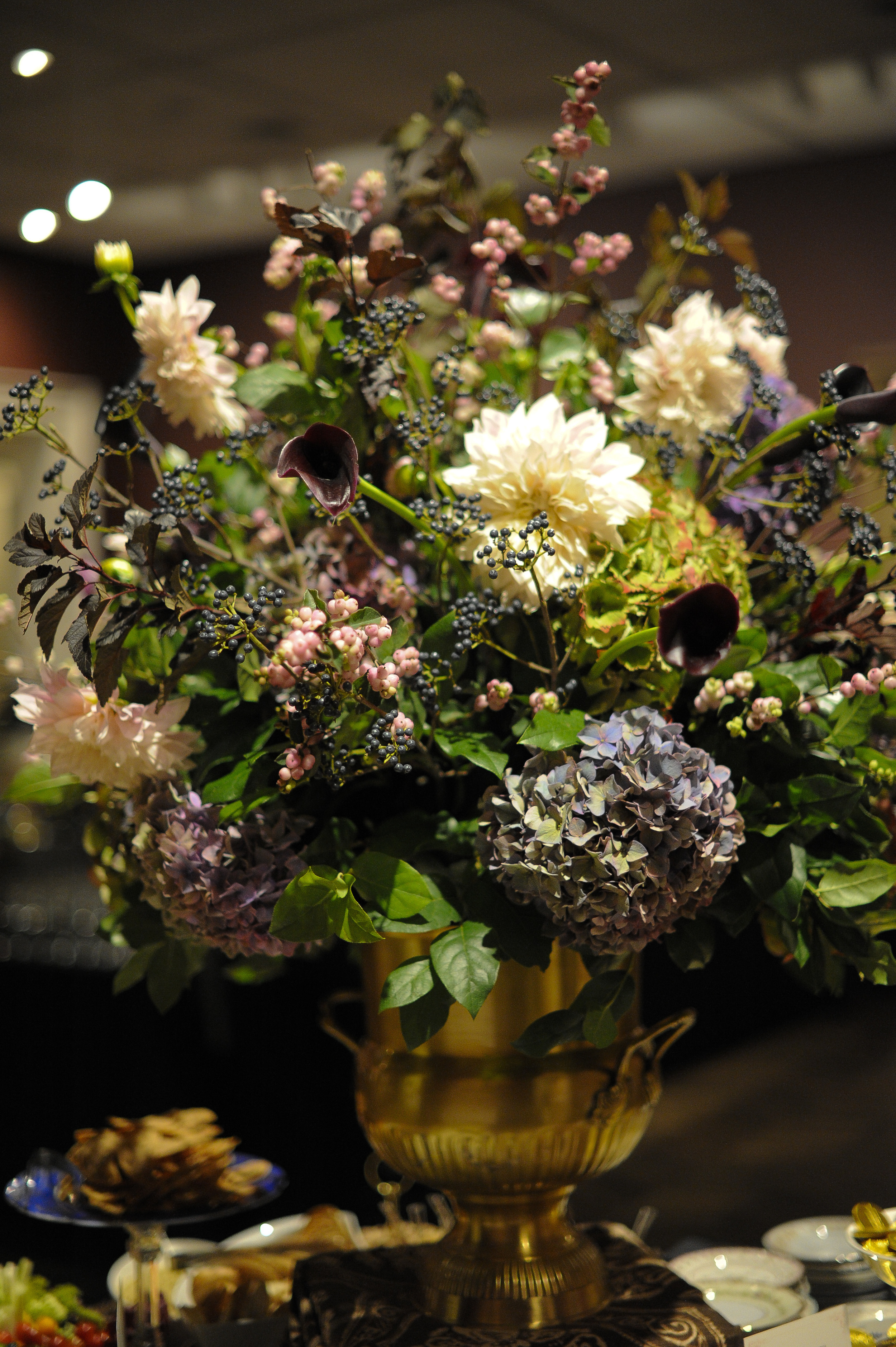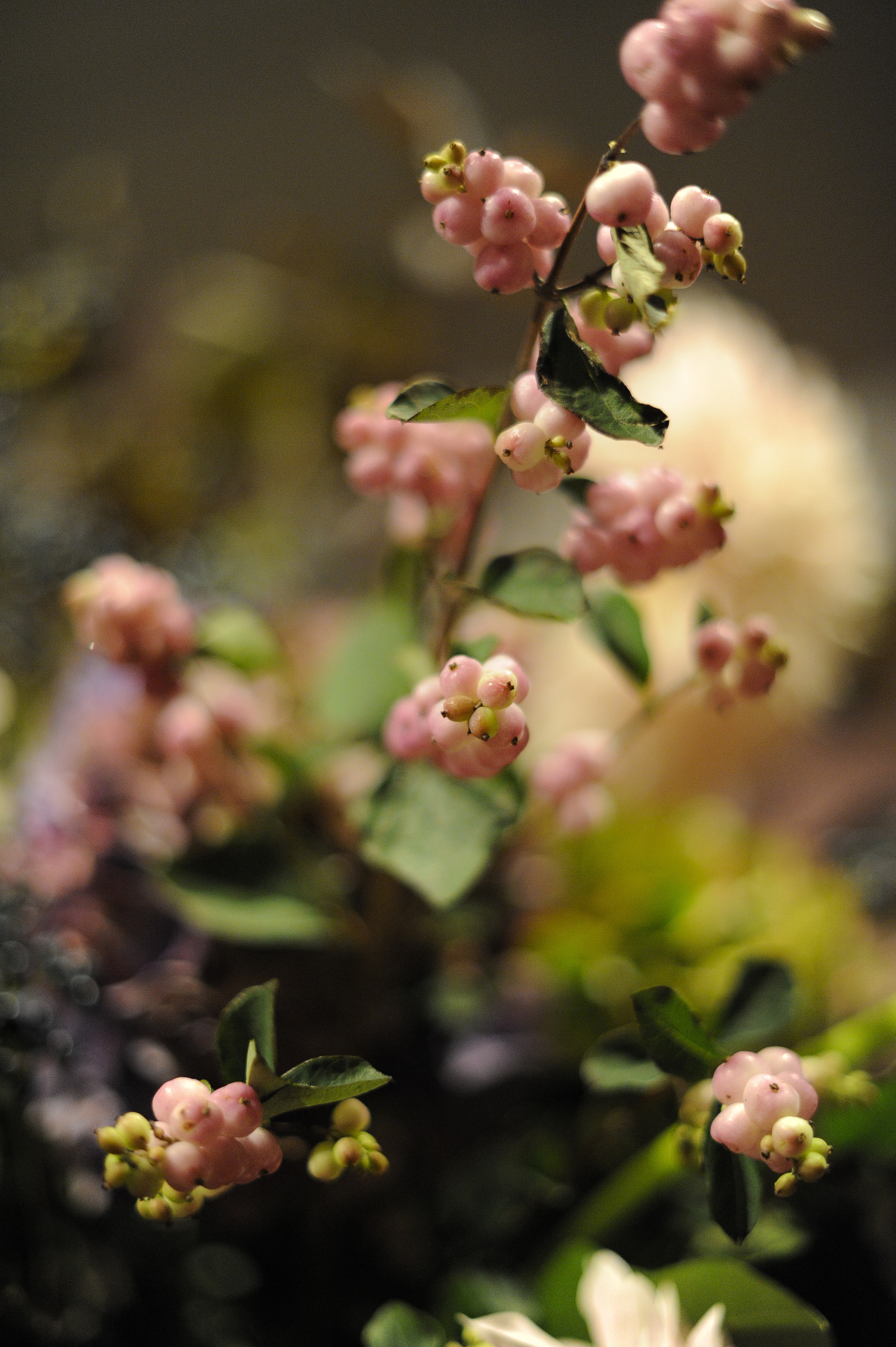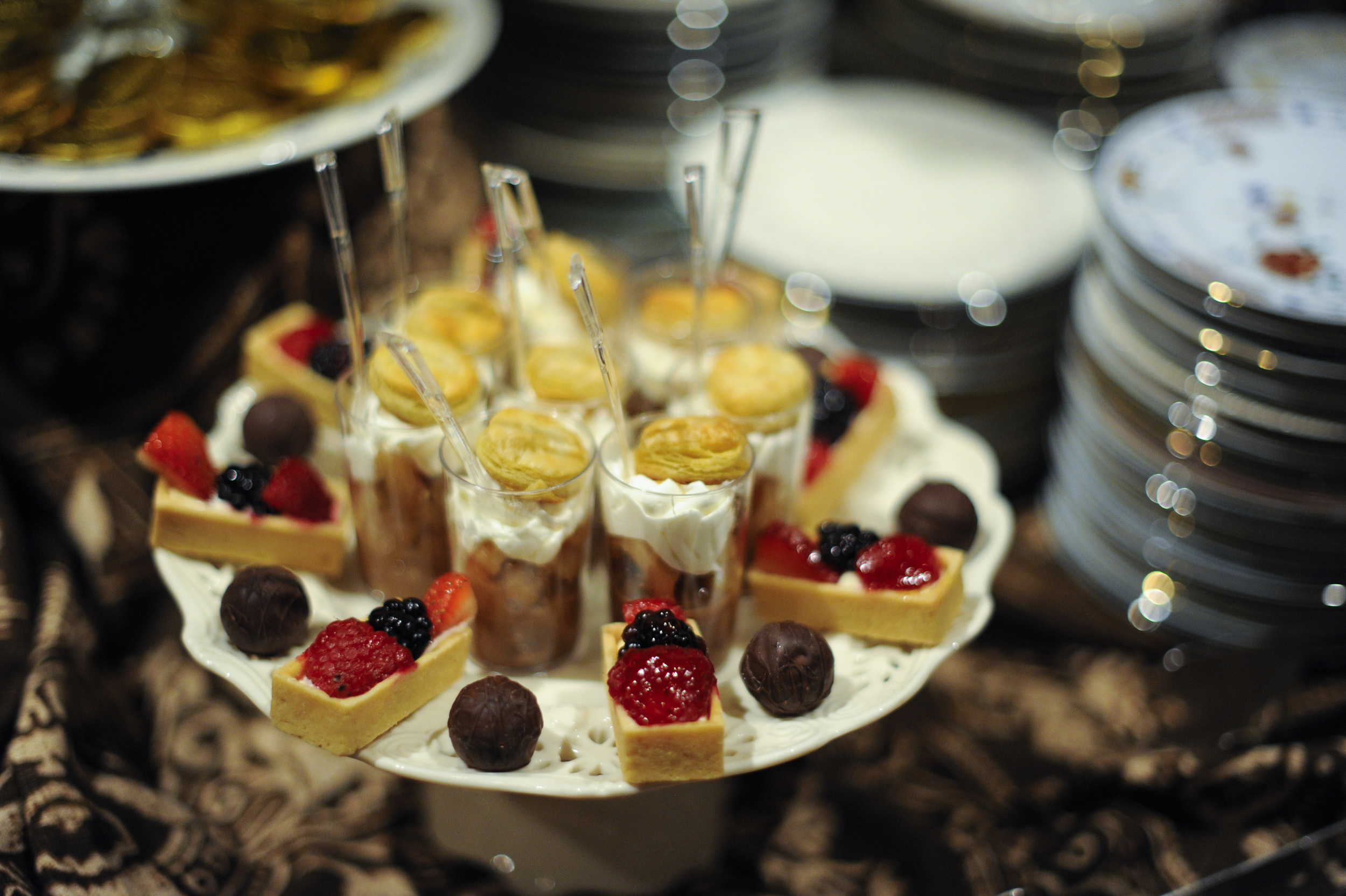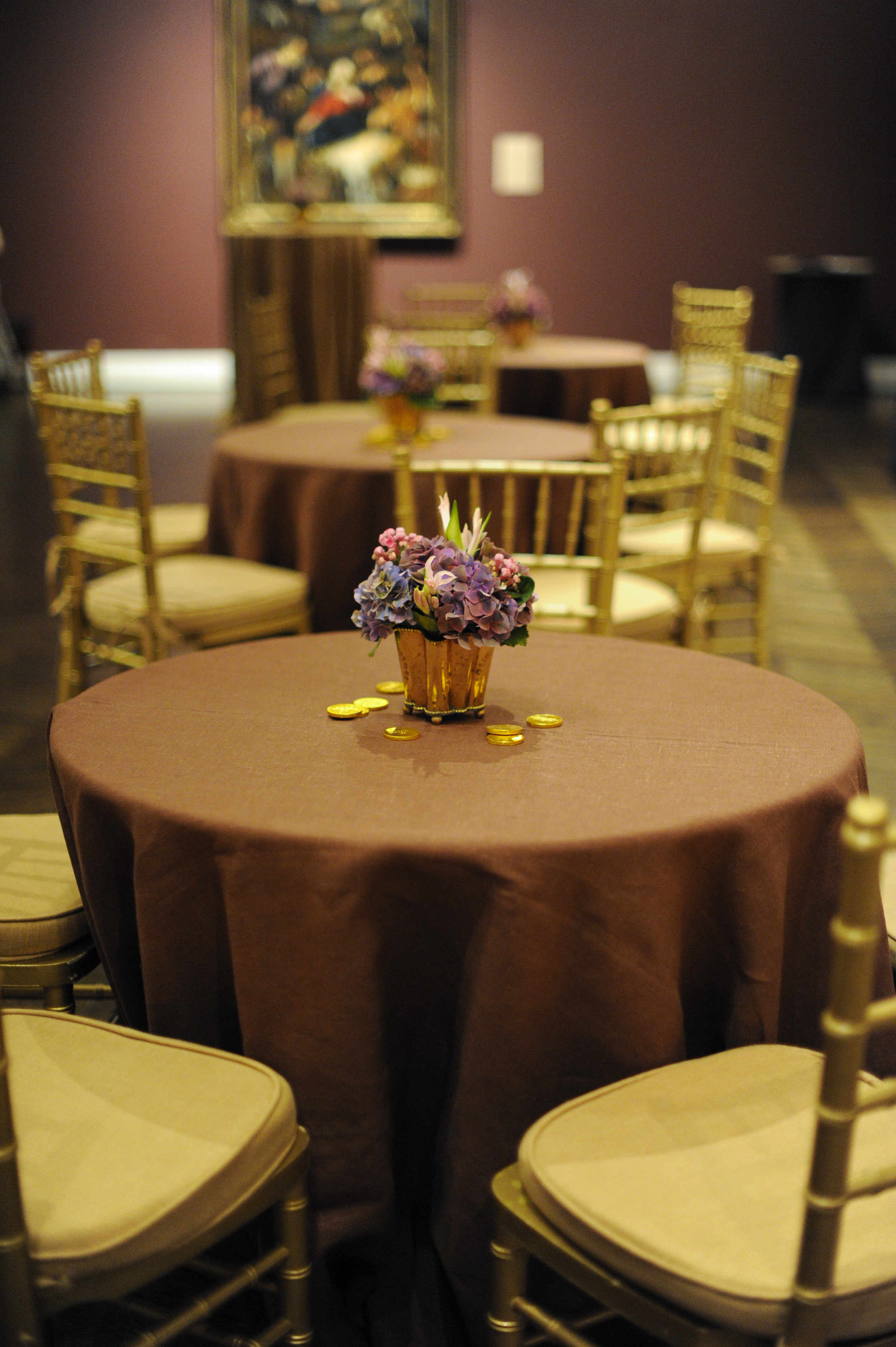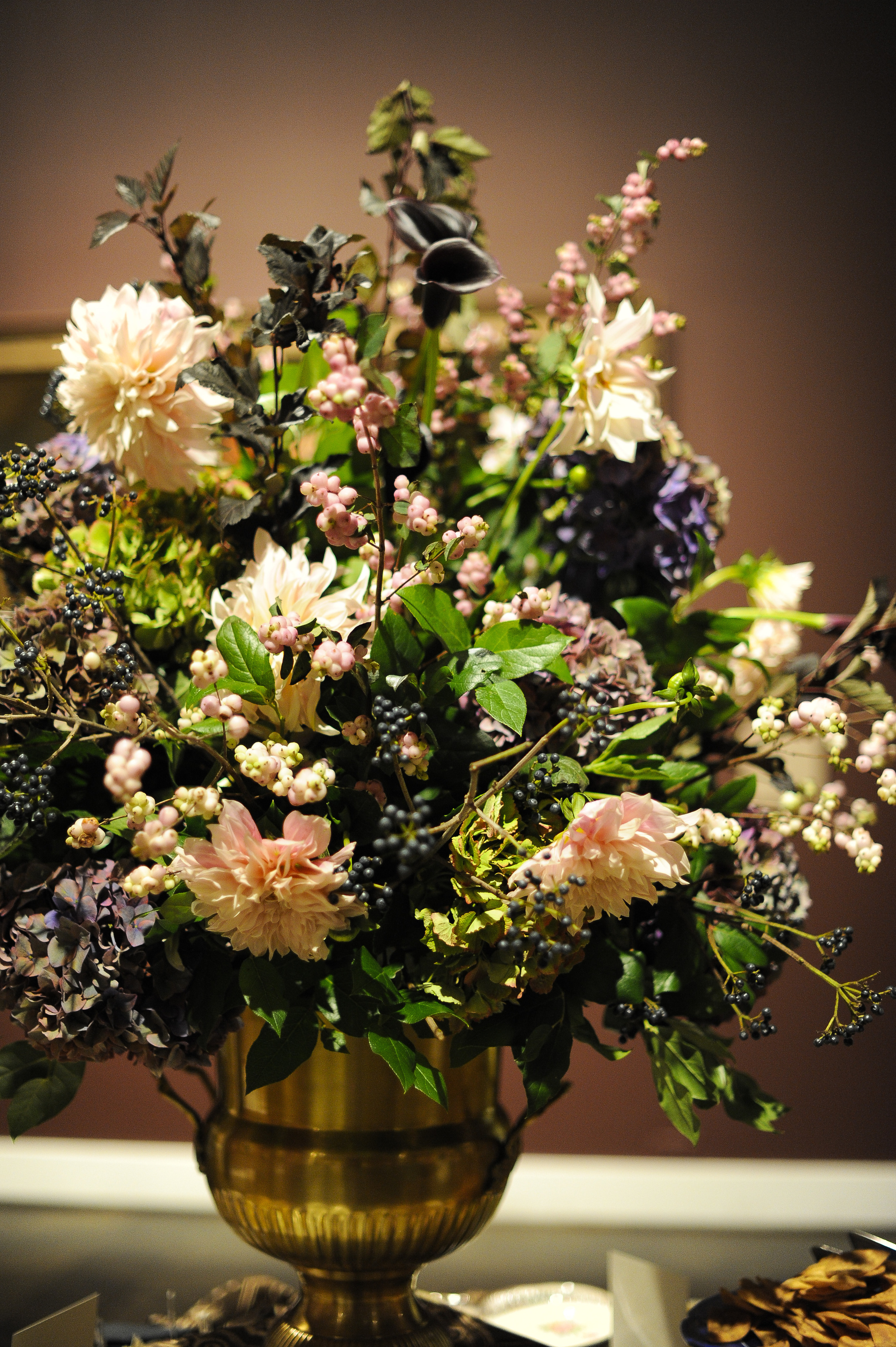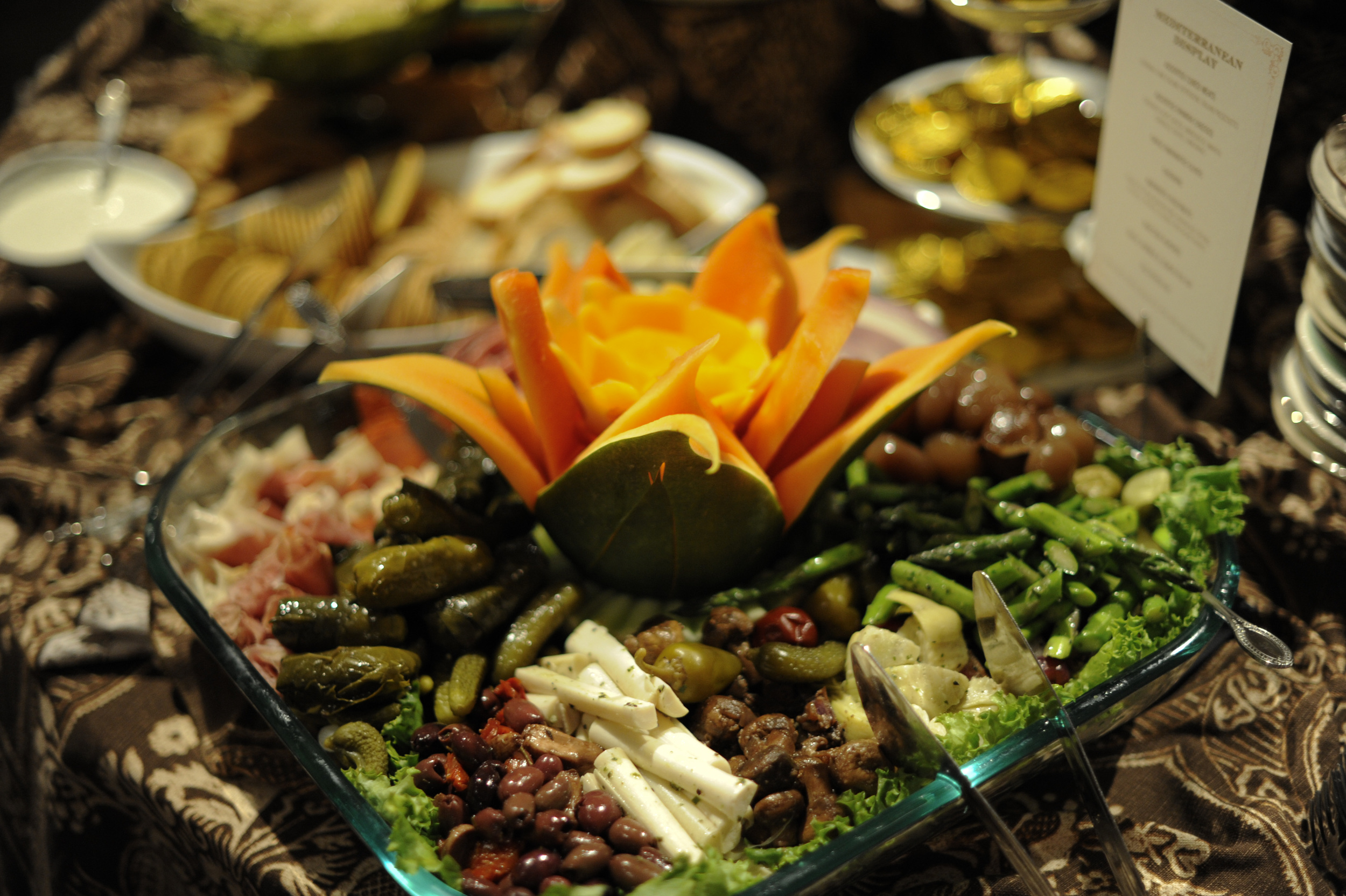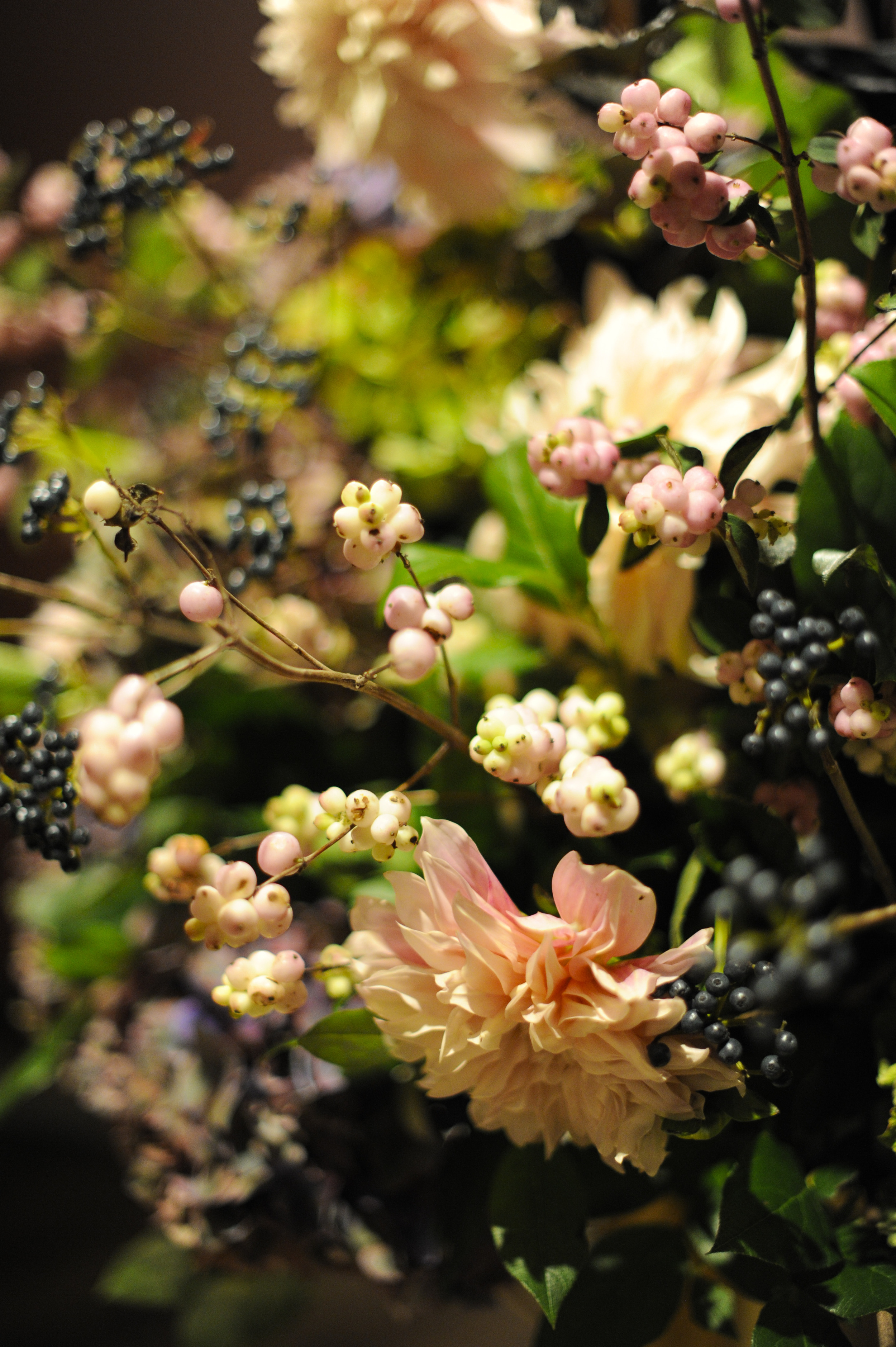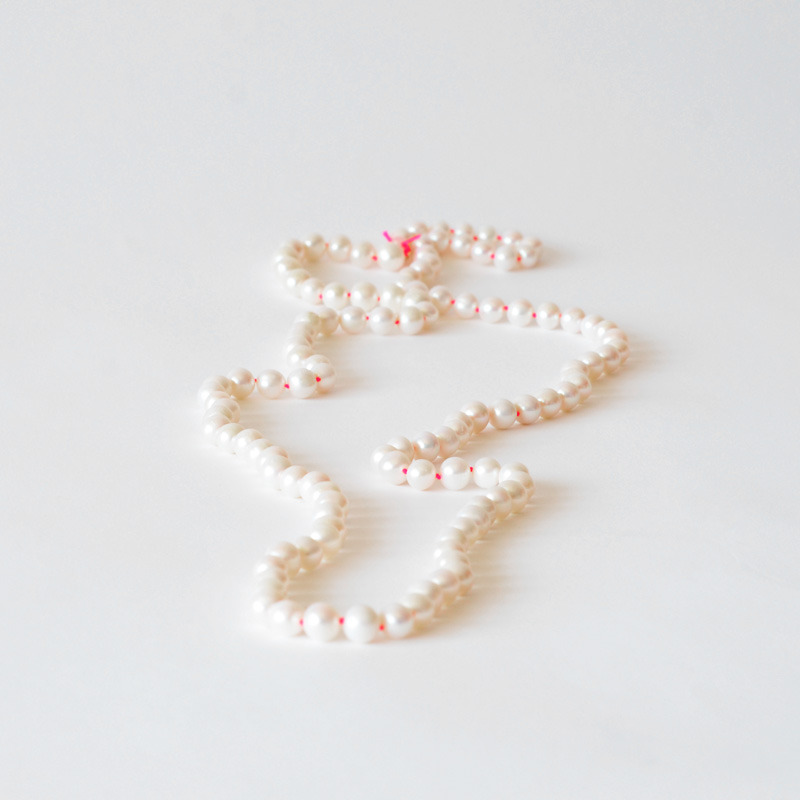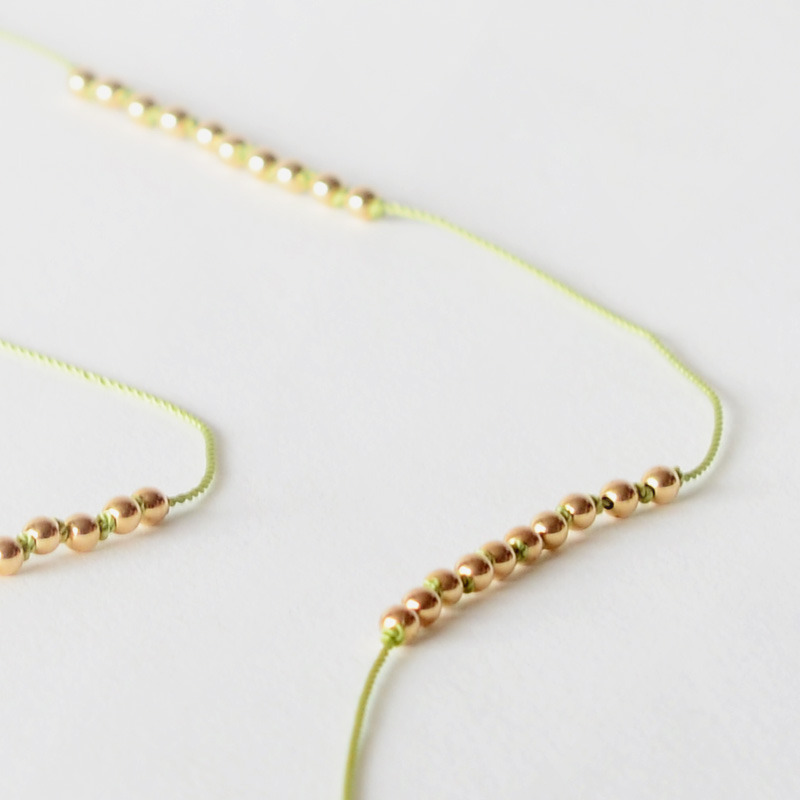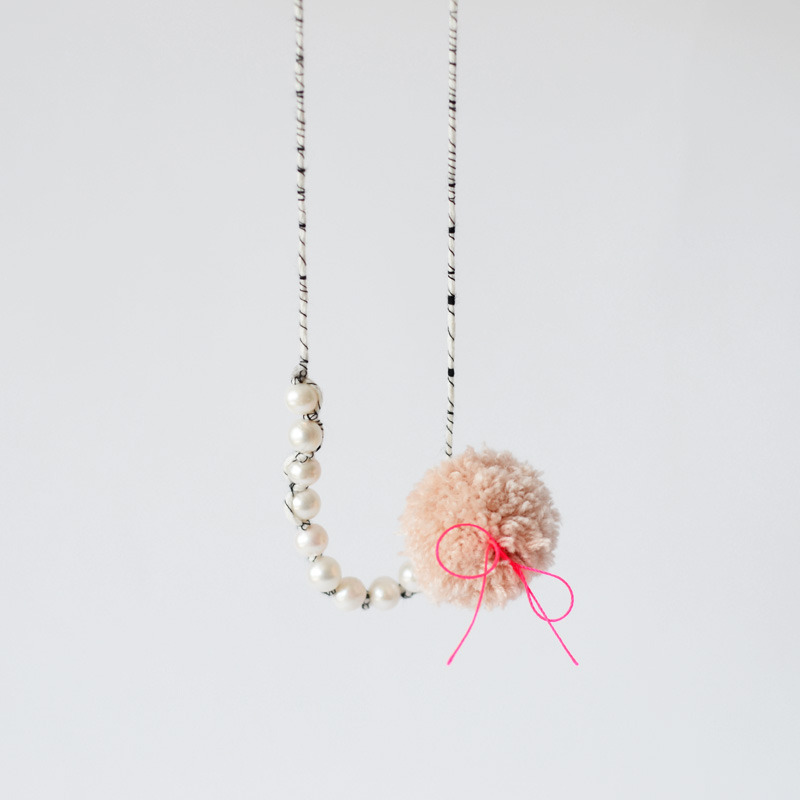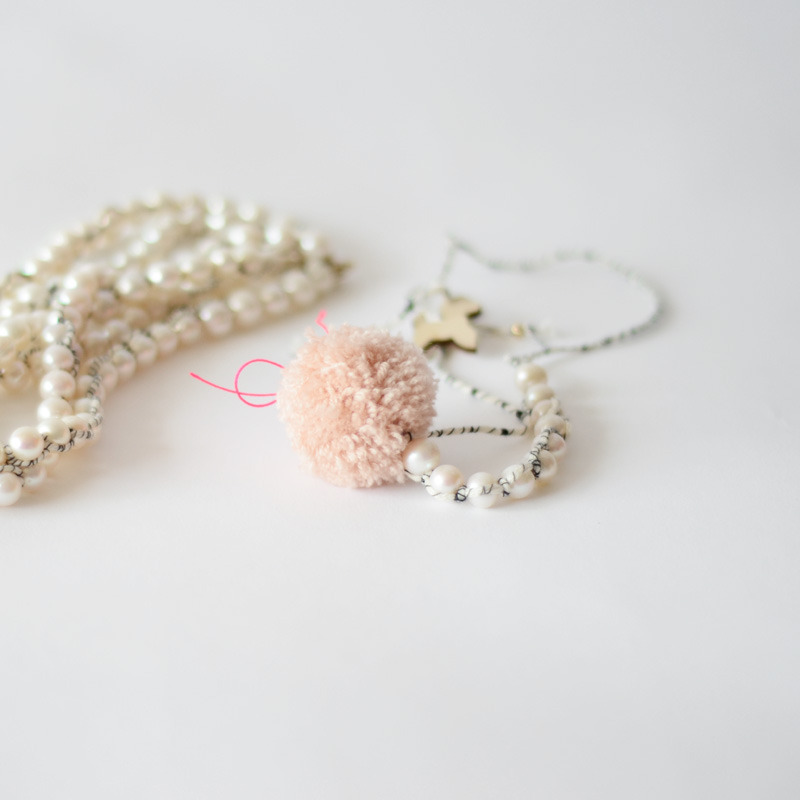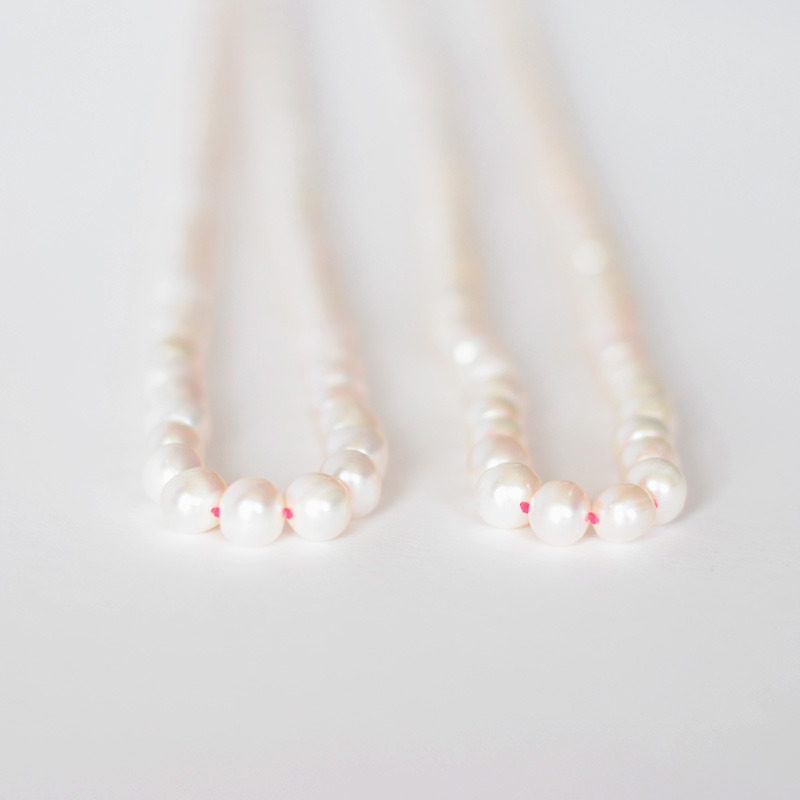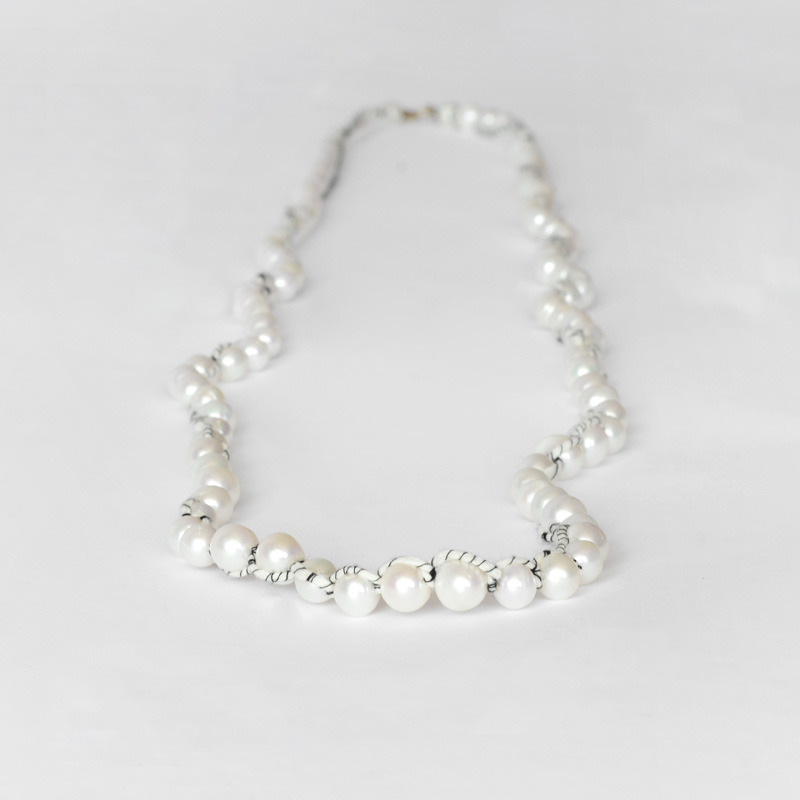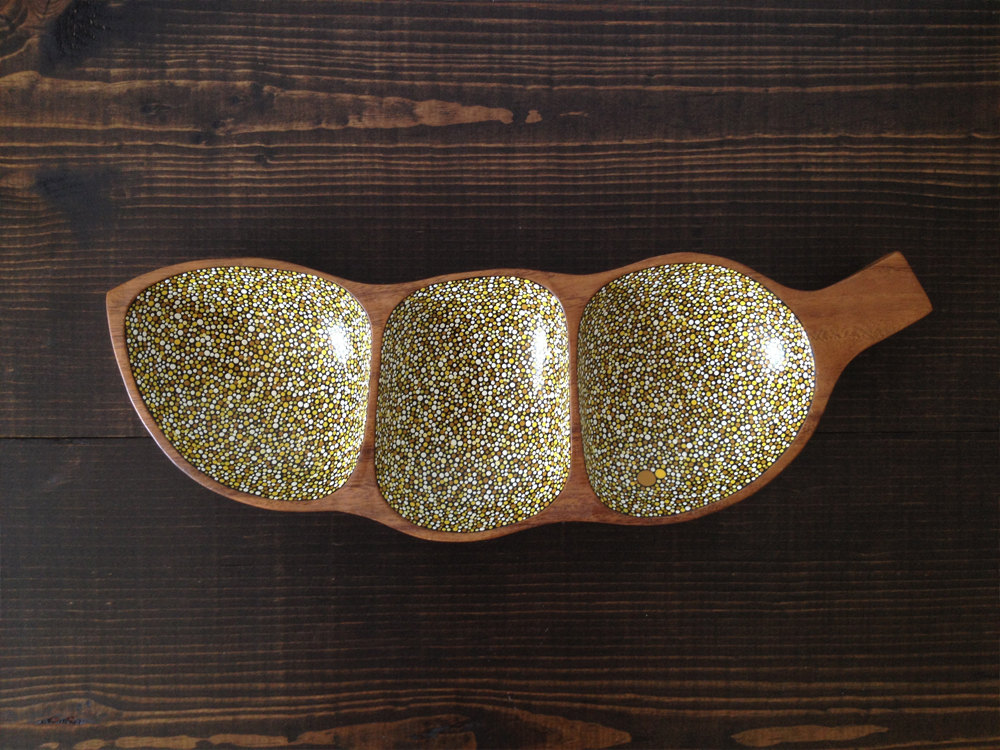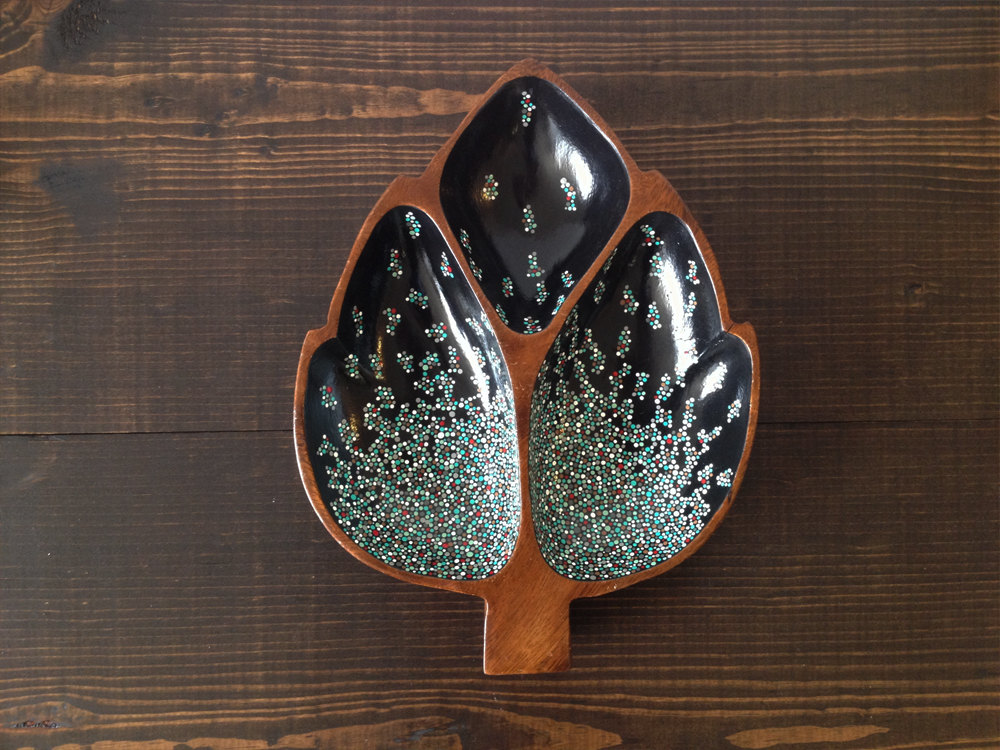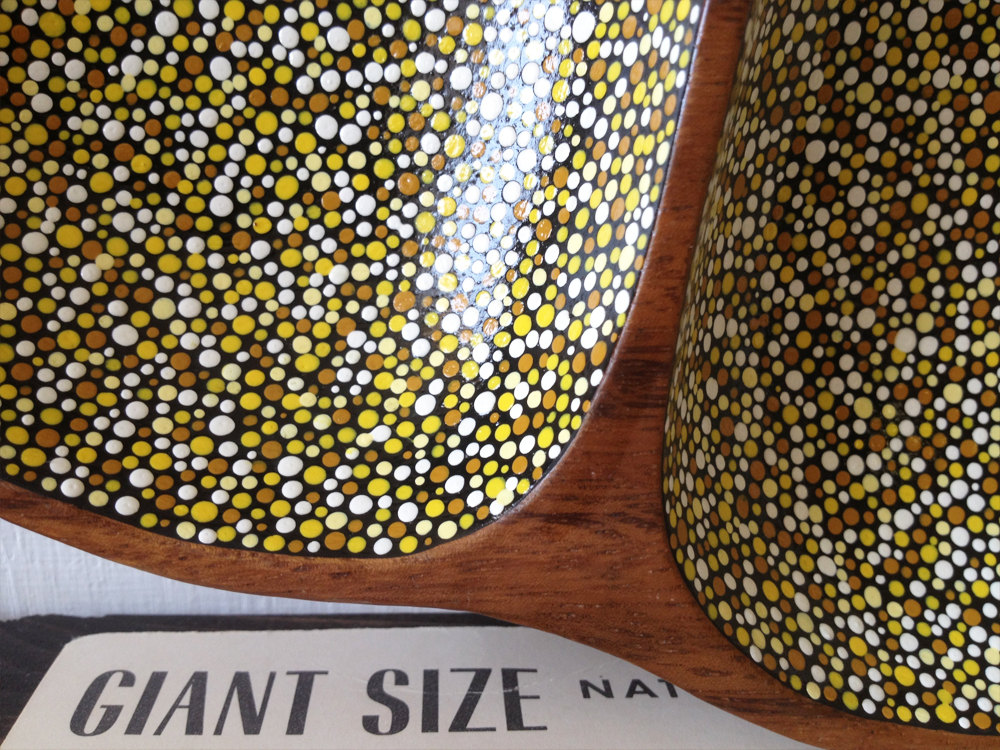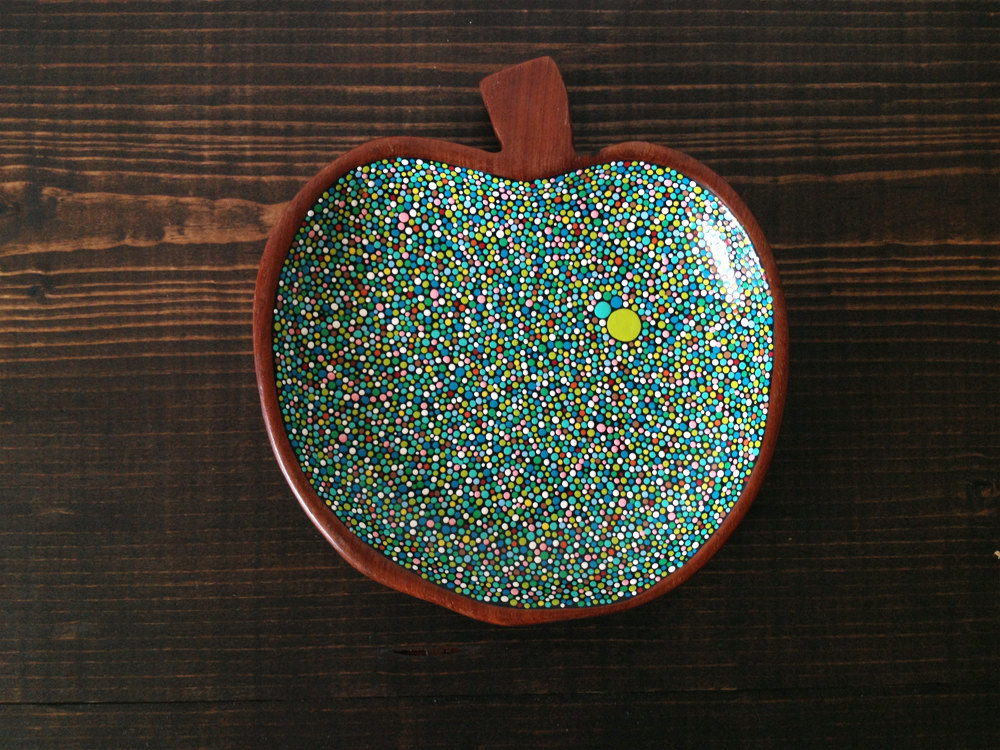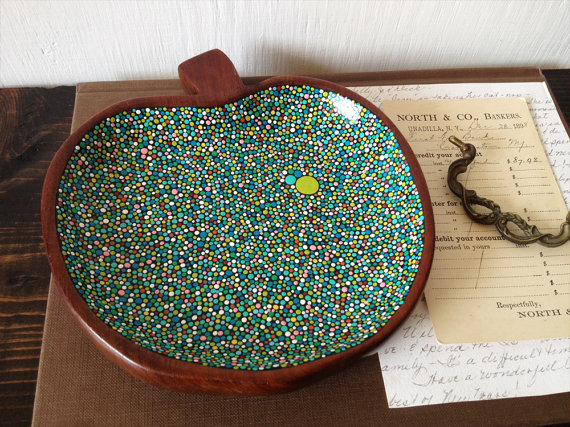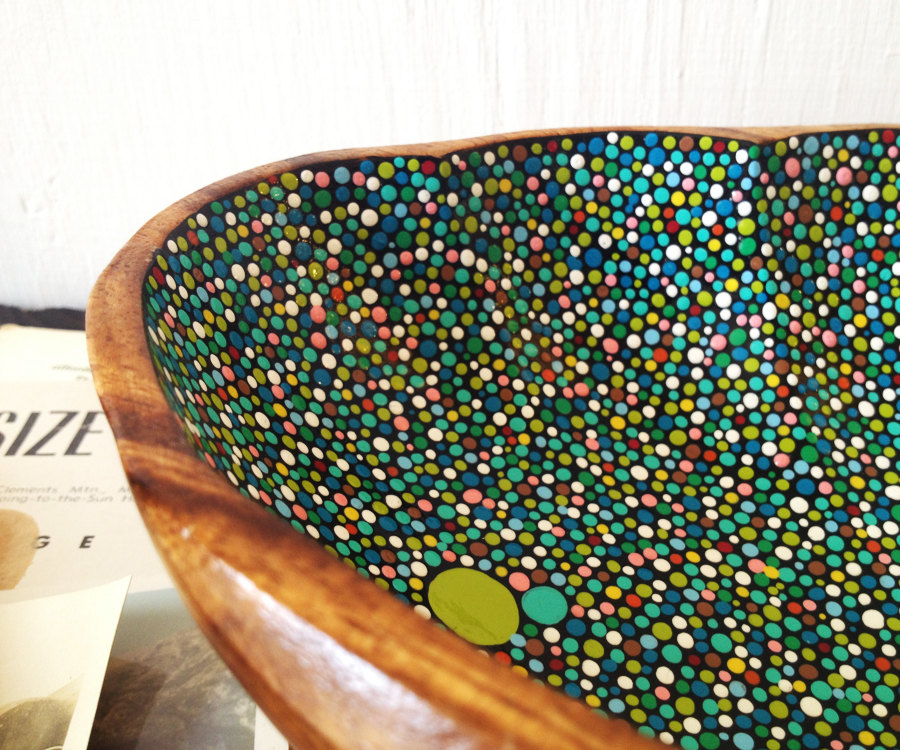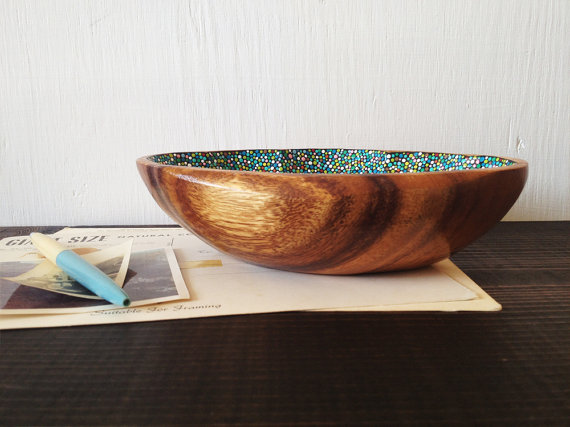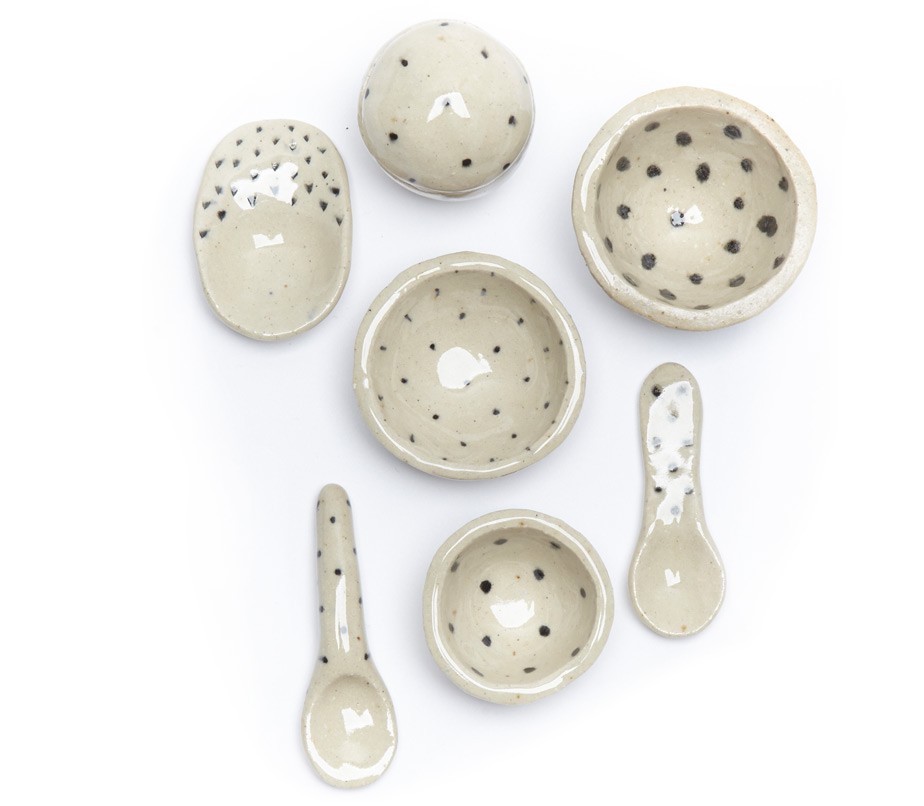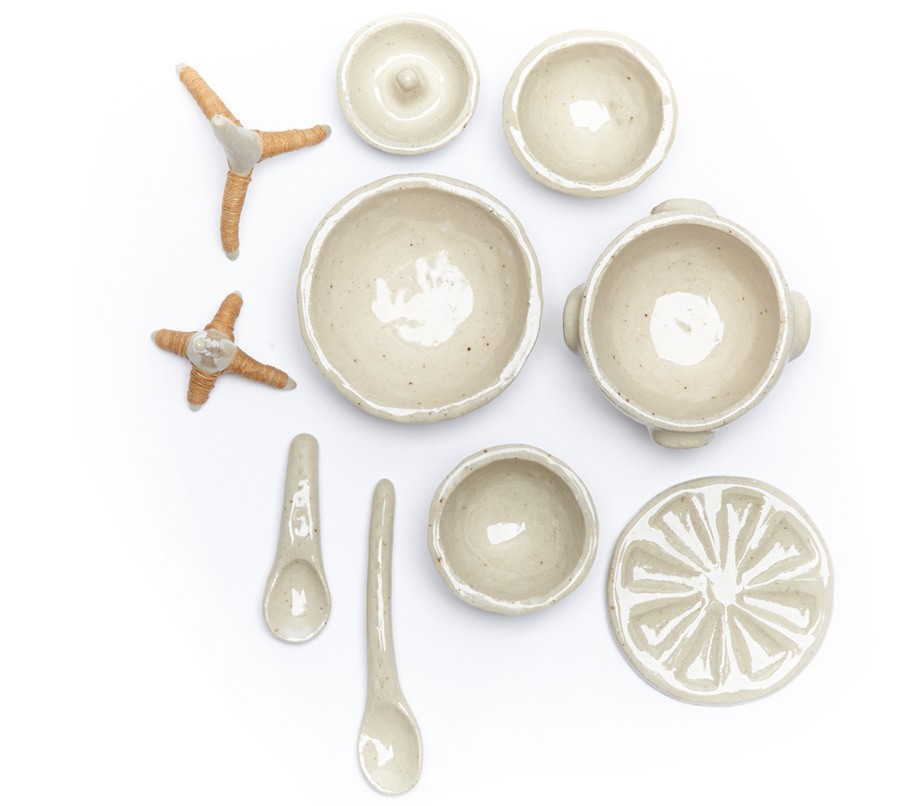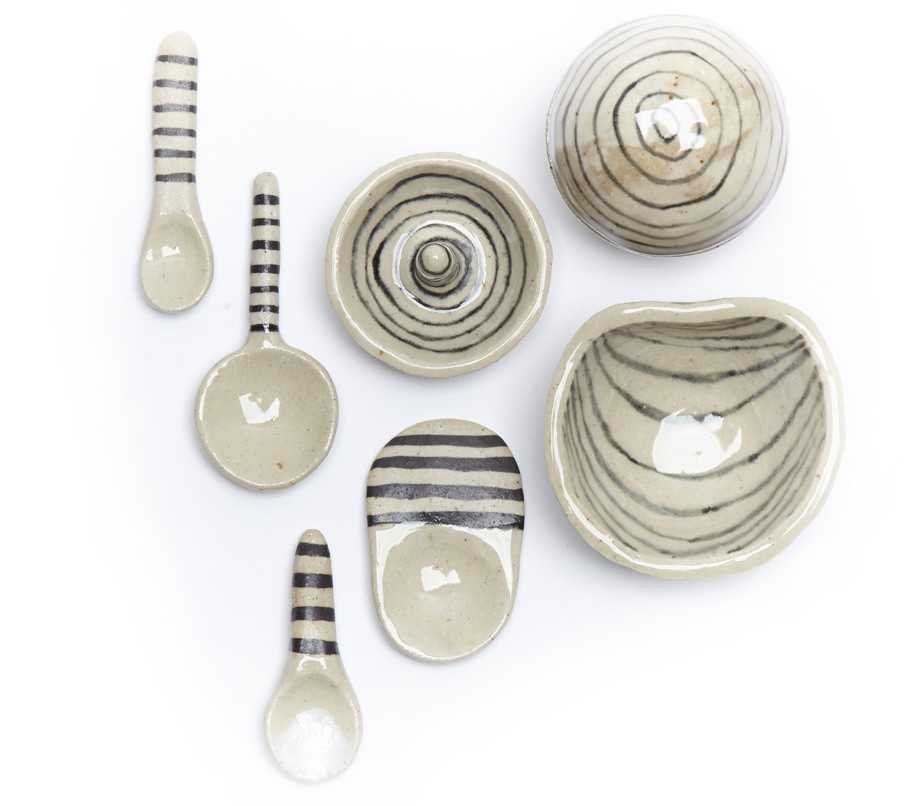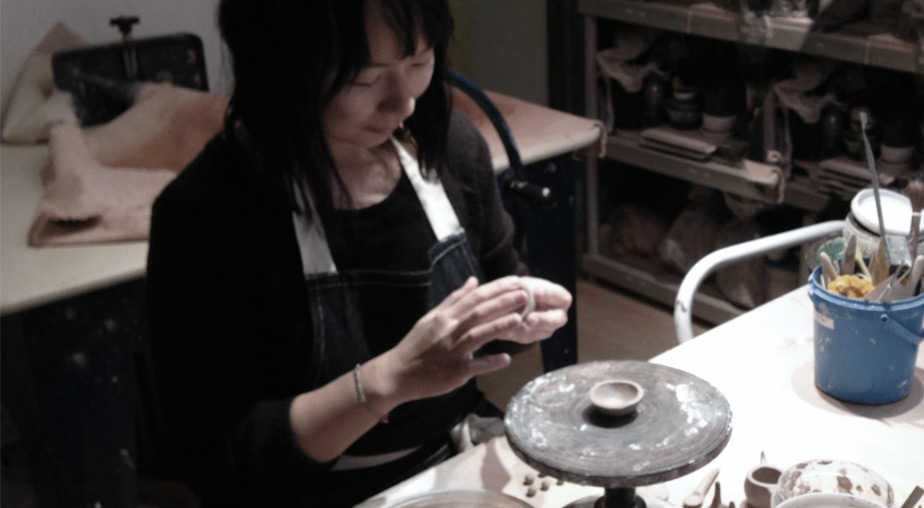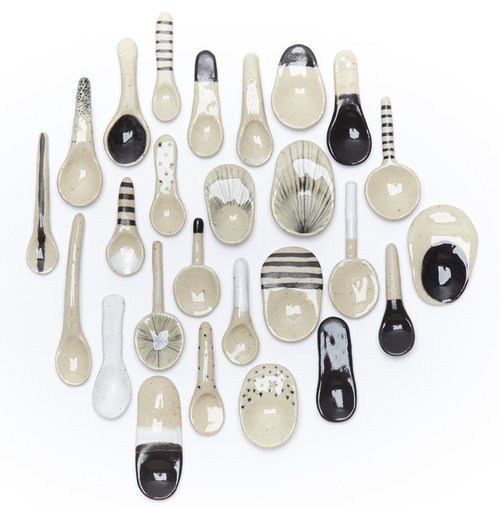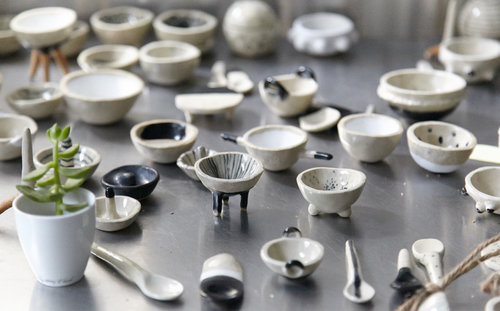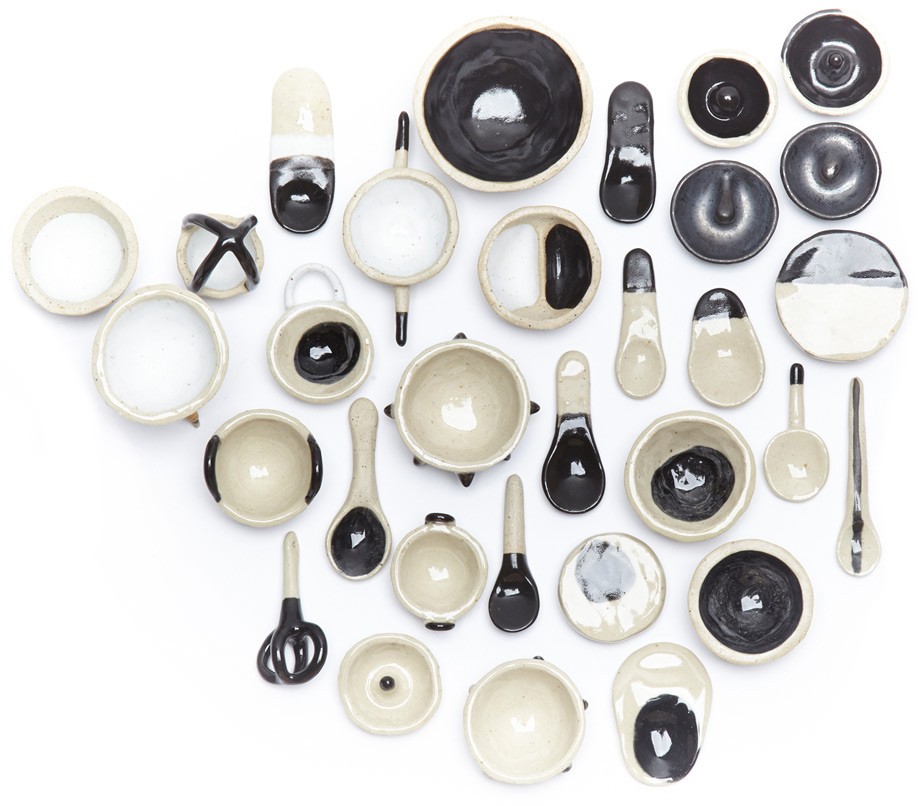art
Stunning work by Mister Finch
It has been some time since I have seen work by an artist that made me gasp. I have some pretty specific tastes when it comes to textiles and these objects are making me feel famished and manic all at once. I want to pet this gigantic moth so badly! I am getting in line for one of whatever this man creates; it would be an honor to have any of these fantastical objects in my possession.
I do not have any permission to show you these objects; however, Mister Finch does have a Pinterest page and a beautiful website. So you will have to go take a look for yourself.
Here is the front of his website, hopefully he will not mind.
Launching the Next 50 Years: Continuing the Legacy of Collecting at the Meadows Museum
Last week at the Meadows was pretty busy. What with a HUGE announcement of the recent Francisco José de Goya y Lucientes acquisition. It is pretty epic! Over the past year the Meadows Museum has acquired 8 new works, ranging from Miguel Jacinto Meléndez to the Stewart Album. (you can see these beauties for free on Thursday nights after 5:00p.m.)
For the opening I designed with the "spirit of collecting" in mind. I was so lucky to get to use these amazing mis-matched teacups and saucers from POSH Couture Rentals for the coffee bar, and small vintage plates for the buffets. Junior and Maria at the Garden Gate did the floral. SMU Catering provided the Spanish/Mediterranean displays of cheeses and meats, as well as fruit tarts, mini manchego flan, assorted truffles and other Spanish desserts. The linens are from La Tavola, Madeline Brown for the buffets, Tuscany Barley for the cocktail tables, and Tuscany Chocolate for the bistro tables. SMU catering also had custom chocolate gold coins made for us, in honor of launching our 50th anniversary ...coming soon in 2015!
Tamytha Cameron Photography captures the most beautiful details of the events!
Pearls for punks
These sweet little creations are from Irene Hoofs gorgeous imagination. These non-traditional, traditional necklaces consist of freshwater pearls rated AA+ threaded together with beautiful off-white Italian cotton from Carta inc. with a 18k gold fill closing.
drool...
"Irene Hoofs, a collector of all things beautiful, created Bloesem blogs in December 2006. Leaving her hometown Amsterdam for the first time in 1997, Irene enjoyed roaming the globe for a number of years making stop overs in London, New York, Toronto and Kuala Lumpur. A banker turned graphic designer, she sold her work through BARNEYS NY and Selfridges & Co. Today she lives in Singapore with her husband Rik and two sons, Lode and Kiet. From her home office overlooking a jungle garden, she aspires to bring outside-the-mainstream daily finds to her readers on B:Kids and B:Living." - Bloesem Wear Website
My Friend Fridays
My Friend Tamytha (pronounced TAM-uh-Tha) is truly amazing. She has two beautiful and smart daughters. She is a small business owner. She is an artist/photographer. She is really pretty and funny. She is very kind and incredibly patient. She has a Masters Degree, and a one eared cat (see below). She loves Scotland and Starbucks blueberry oatmeal. I could go on and on... Tamytha and I are really different and really the same. Whenever we talk there is always laughter. She always brings out my funny side. She is one of the most selfless people I have ever met, and I love her friendship. I will always be friends with Tamytha no matter how far either of us roams. xoxoxo - M
my friend fridays
My friend Nicole Atzbach is the Curator of the Meadows Museum. She speaks 4 different languages! Nicole is in charge of a lot of cool stuff, but most importantly she has twins! Super cute ones. Nicole has a VERY impressive scholarly resume, but my favorite thing about Nicole is that she is not a snob. She is a funk enthusiast (she has been on stage with George Clinton and Parliament Funkadelic) and a PBR drinking champ. Sure she hangs with the Director of the Prado but she also can Salsa, Rumba, and Fox trot her way across a dance floor.
did you know... i heart quilts.
I am fortunate enough to have a side of my family that are/have been quilters. So I have a pretty good collection of them. Including two "toppers" that are not finished. The other night we had a party and somehow in a Meyer lemon vodka fueled moment Erin, Scott, and i got them all out to admire them. (i know! so dorky) Because that's how I roll now, I get a few drinks down and all I want is to talk about quilts... Anyway, after getting them out, I thought..i really need to finish these. Here is a tutorial I found on line to help me!
If you do not have vintage quilt tops laying around your house you can buy them here! vintage quilt tops on Etsy
How-Tuesday: Finish a Vintage Quilt Top
Photo by Alexia Marcelle Abegg Story by Julie Schneider Published on Mar 12, 2013 in Make
You Will Need:
• Quilt Backing Fabric – Measure your quilt top to determine how much backing fabric you will need. If your quilt is less than 84″ wide, you will need twice the length of the quilt top from 42″ wide fabric. If your quilt is 85″ or wider, you will need three times the length of the quilt top from 42″ wide fabric. (Quilting fabric generally comes in 44/45″ width, but only about 42″ is usable width so I base this calculation on that amount.) Pre-wash your backing fabric.
• Quilt Batting – Measure your quilt top and purchase enough batting to give you at least 3″ overhang at each side of the quilt. My favorite batting is Warm and Natural cotton.
• Masking Tape – to hold the layers of the quilt to the floor while you baste.
• Iron
• Straight Pins
• Ruler
• Scissors and/or Rotary Cutter and Mat
• Binding Fabric – You will need to cut 2″ wide by the 42″ width of fabric strips to make binding. To determine your yardage requirement, measure all sides of the quilt and add them together (X), divide that number by 42 = (Y), multiply Y by 2. Divide Y by 36. This is how many inches of yardage you will need. Round up to the nearest increment of a yard (yardage is usually sold in eighth yard increments, with the minimum being 1/4 yard).
• Basting Supplies:
200+ safety pins, depending on the size of your quilt. I recommend a box of 500 — that has worked on every quilt I’ve ever made, up to a large queen size.
• Quilting Supplies:
All-purpose sewing thread in a color to match your quilt. I usually purchase 500 yards for a queen size, 400 for a twin, or 300 for a small baby quilt. If you want to be safe, purchase 500yds.
A free motion, darning, or embroidery foot for your sewing machine and your machine’s manual to instruct you on how to set your particular machine.
Directions:
1. Gather up your supplies.
2. Iron quilt top, backing fabric, and batting.
3. Prepare the Backing Fabric. Cut backing fabric into the lengths required by your quilt top. My vintage quilt top required two lengths (shown here). Pin and sew the two lengths of fabric together along the long sides using a 5/8″ seam allowance. The seam needs to be large enough to sew the entire printed selvage into the seam without any of the white selvage edge showing on the right side of the seam after it has been sewn. If 5/8″ is not enough, increase your seam allowance to catch the selvage in the seam.
Trim the seam down to approximately 1/4″. This will help the seam be flat and less noticeable, and will prevent the selvage from shrinking in the wash. Press the seam open.
4. Basting the Quilt Layers
Tip: When basting a large quilt, a partner is helpful.
Lay the prepared backing fabric wrong side up on a smooth surface, such as a hardwood floor, and tape the backing down around the edges every 6 to 8 inches. Lay the quilt batting on top of the backing fabric and smooth the batting. Safety pin the three layers of the quilt together using your safety pins. Pin in a 5″ grid over the entire quilt top.
5. Quilting the Quilt. I like to wind 5-6 bobbins before I begin so that I don’t have to stop and wind bobbins while I am quilting. Set your machine, according to the manufacturer’s instructions, for free motion and attach the free motion foot. Thread the machine with all-purpose thread. Place the quilt under the needle and unroll the edge until you have the center of the quilt under the needle. Keeping the roll to the right of the needle will help the quilt fit under the arm of your sewing machine.
Move the quilt around as you sew, keeping your stitch length even by how fast or slow you move the quilt. Create loops, squiggles, box shapes, zigzags … the possibilities are endless. Fill the entire quilt with your stitching, moving from one section to the next, continuously stitching. Check your batting instructions by the manufacturer to see how close or far apart your stitching can be and still hold the batting together. (For free-motion quilting inspiration, check out some of the resources at the end of this post.)
6. Prepare your Quilt for Binding. Set your machine for straight stitching.
Trim the excess backing and batting with scissors or a rotary cutter, ruler and mat. If your quilt is slightly irregular at the edges, you can either cut with scissors and allow the edges to be irregular (as I have done on this quilt) or you can cut with the rotary cutter, using the ruler to square up the corners of the quilt top. I personally like the personality and charm that comes with flaws like this.
Cut your binding fabric into 2″ strips, cutting across the width of the fabric (from selvage to selvage).
Place one strip onto another fabric strip end to end, with the printed side of the fabrics facing each other, at a 90° angle. Mark a line from corner to corner 45° from the cut edge of the fabric strip. Pin the strips together and stitch on the marked line. Repeat, joining strips end to end, to make continuous binding. Trim the seams down to about 1/4″ and press the seams open. Fold the binding in half, wrong sides of the fabric touching each other, all the way down the entire length of the strip and iron.
7. Bind Your Quilt. Leaving about 10″ of binding free, begin sewing the binding to the front of the quilt with the raw edges of the binding aligned with the raw, outside edges of the quilt, using a 1/4″ seam allowance. Start sewing the binding on about 20″ from a corner of the quilt.
When you reach a corner, stop sewing 1/4″ from the corner and backstitch. Remove the quilt from the machine. Fold the binding up and away from the quilt at a 45° angle as shown in photo #4 (sew binding to quilt).
Fold the binding back down towards the quilt, aligning the fold with uppermost edge of the quilt as shown in photo #1 (miter corners) and align the raw edges of the unstitched binding to the raw edges of the quilt. Pin in place.
Begin sewing again 1/4″ from the corner of the quilt, backstitch, and sew the binding to the entire quilt edge, mitering at each corner.
Stop sewing when you reach 10″ from the start of your binding stitching. Overlap the ends of the binding by 2.5″ and trim. It is ideal if the the overlap is centered in the section of the quilt’s edge where the binding has not yet been sewn to the quilt.
Unfold the ends of the binding and place them with the printed sides of the binding facing each other, letting 1/4″ of the binding extend over each of the cut ends. Be sure the binding is not twisted before pinning the ends together.
Mark a stitching line just like you did when joining the strips together before stitching them to the quilt. Sew the ends together on the marked line. Trim the seam allowances down to approximately 1/4″ and press the seam open.
Fold the binding back together with the wrong sides facing each other and sew the remaining seam of the binding and quilt.
Wrap the binding around to the back of the quilt and hand sew the binding to the quilt back. At each corner, first fold one side, allowing the corner of the binding to create a little 45°angle, then fold the other side over, also allowing it to create a small 45° angle. This will give you mitered corners. Hand sew the entire binding down to the quilt back.
Congratulations! You now have a finished quilt. You can wash it if you prefer, and let it air dry or dry in the dryer on low heat. Snuggle up and enjoy!
Thank Goodness for etsy!
my friend
I have a best friend named Scott. I wanted to share his awesome-ness. Not only does he look smashing in a coon-skin cap he is also an amazing artist. ENJOY!
P.S. Some of Scott's work is available. Let me know if you want to get in touch with him.
theBocketStore: Creating a modern new look and life to vintage pieces.
oh lord. these are amazing. Sarah Bocket is the creator of these little beauties. She salvages wooden vessels (not small) from varying sources, cleans and polishes them, and then hand-paints every one of these little dots with a tiny little paintbrush.
You can buy them here. Or at Renegade Craft Fair : June 22+23 : East River State Park : Brooklyn, NY. They are so pretty!
Bailey Doesn't Bark
I have written about Bailey Doesn't Bark before. Re Jin's Mini series is pretty much sold out. These little primitive pieces make me feel all emotional. How can a little
spotted spoon make you feel like you are wasting your life? People have
very little effect on me but I can barely look at these little spoons without
crying. Anyway, i love these little vessels.
